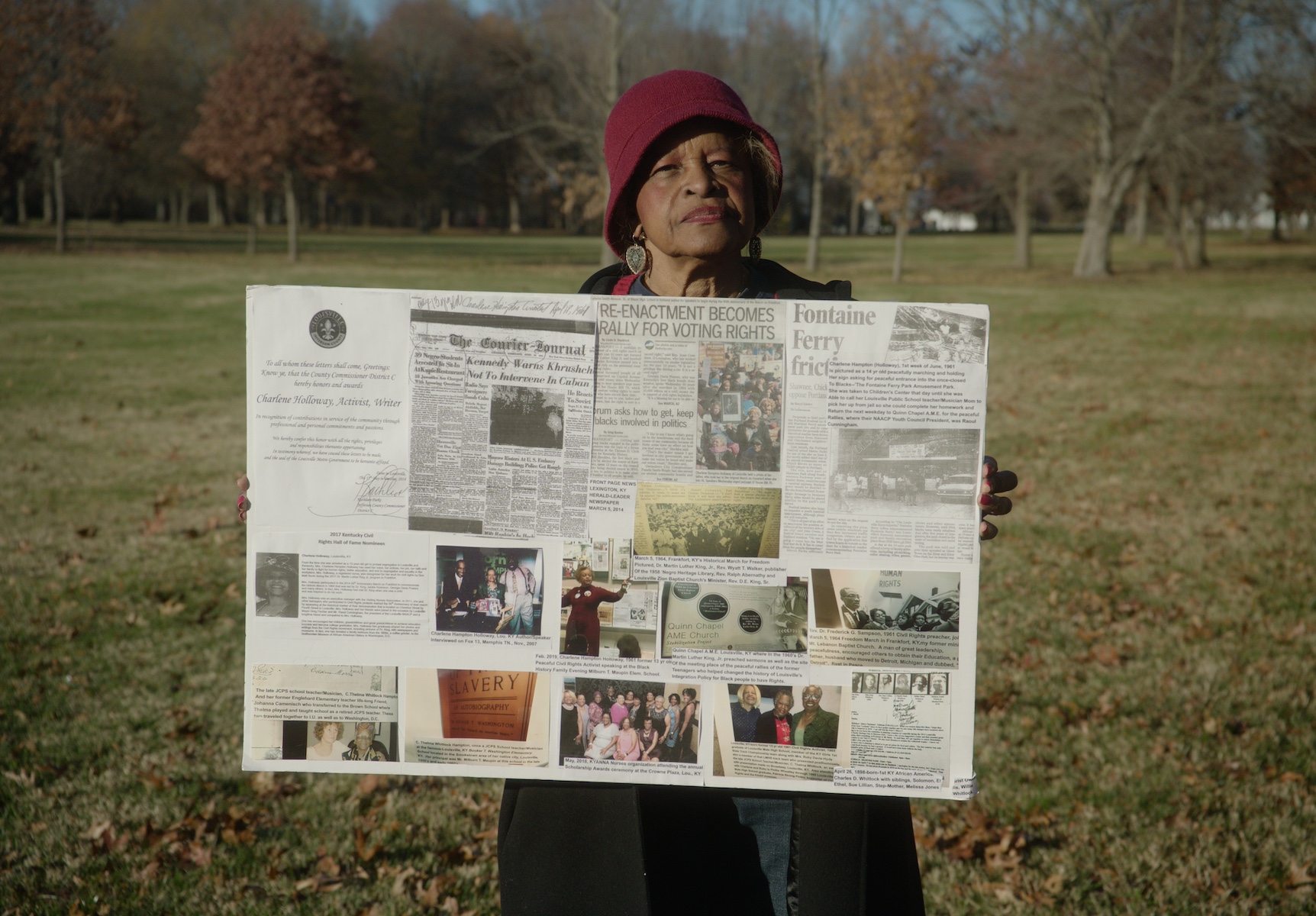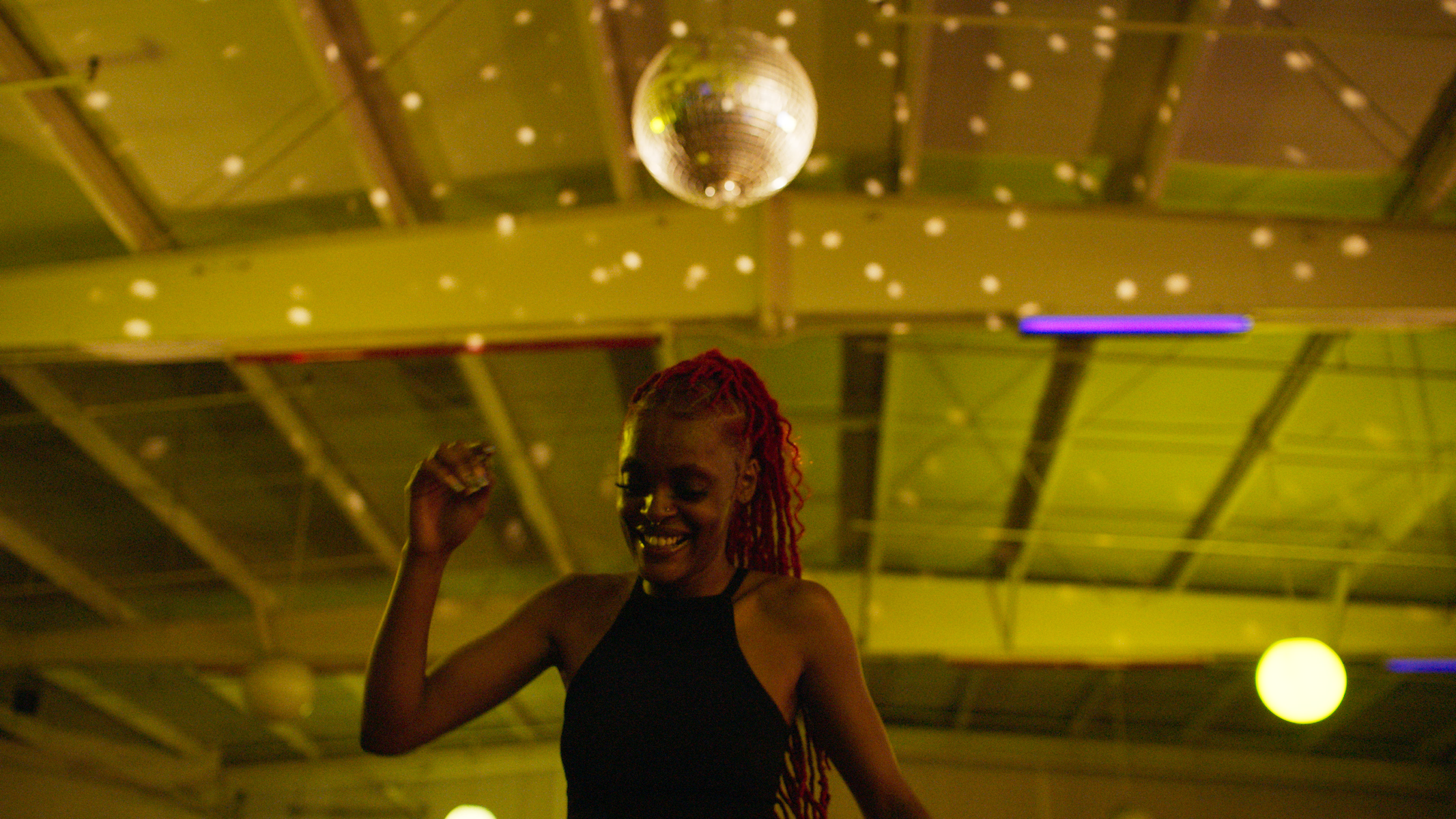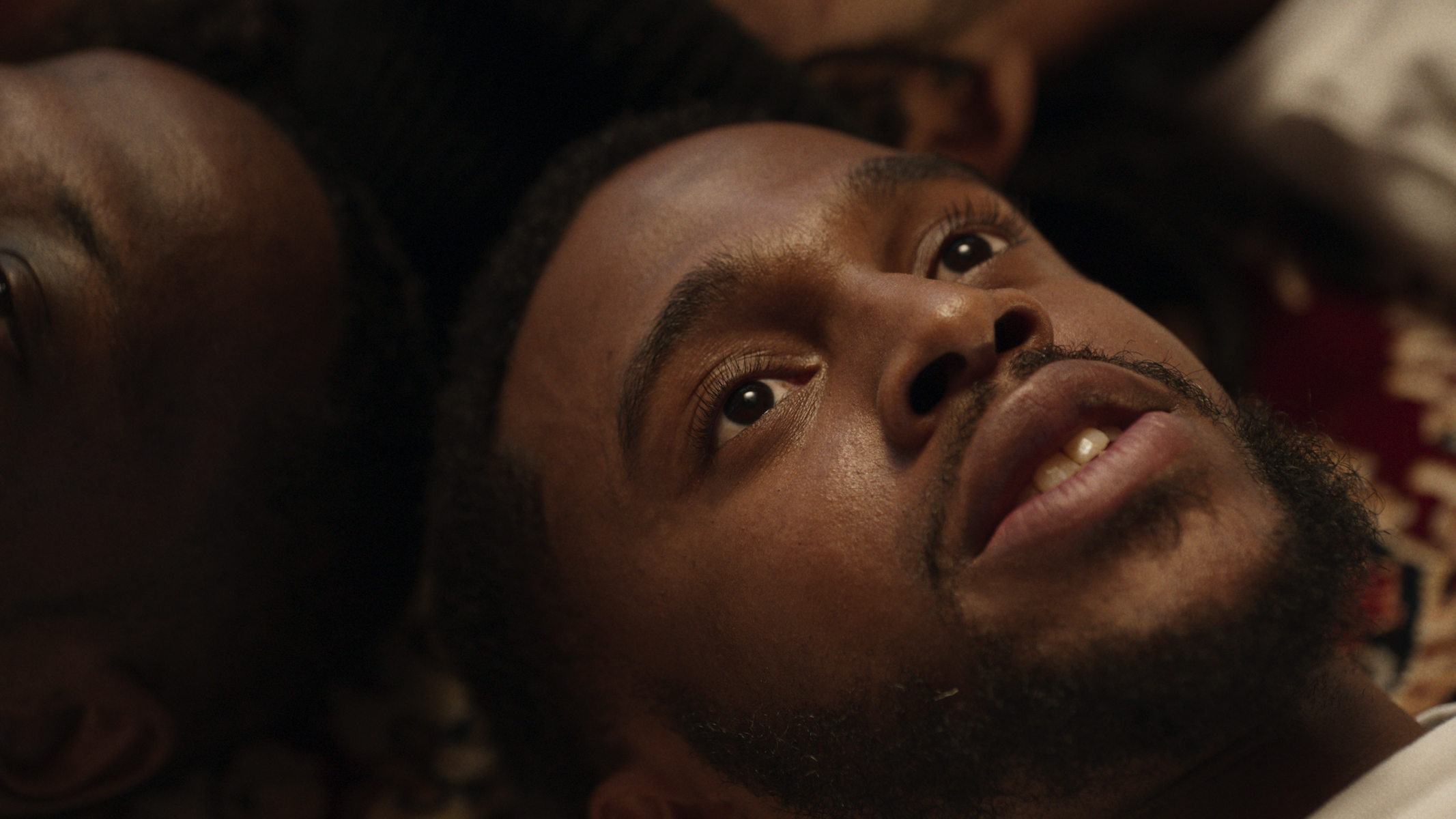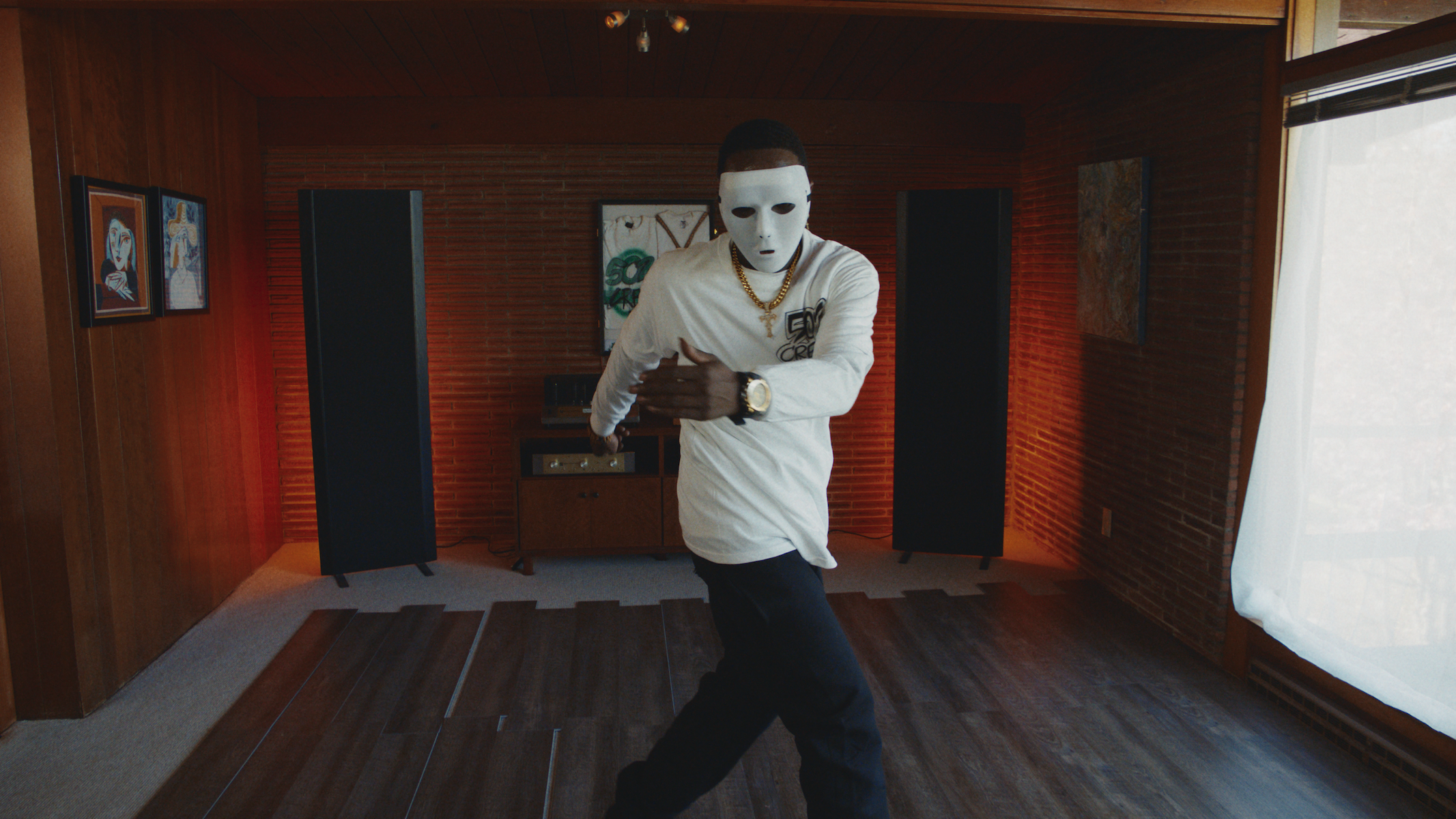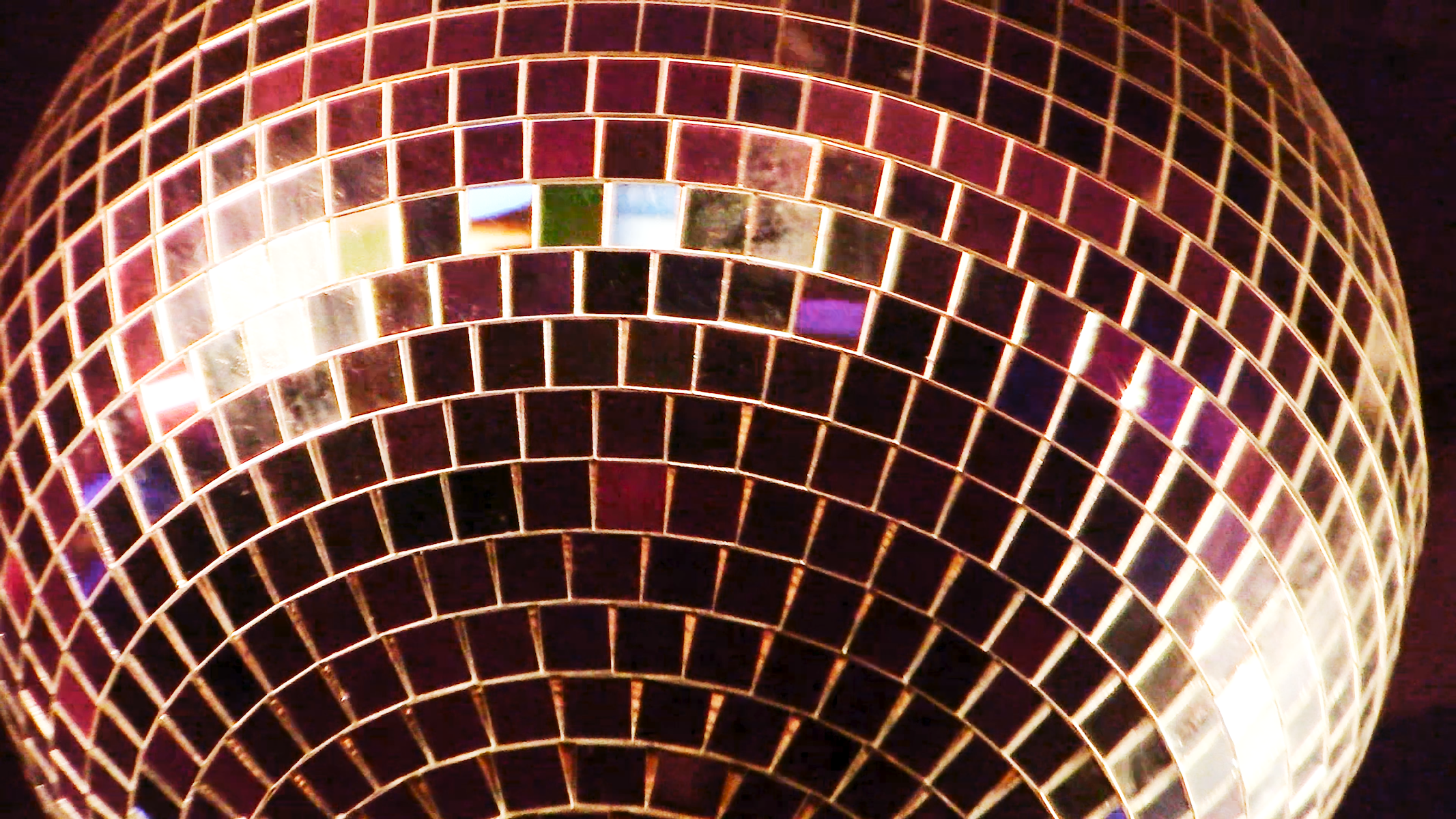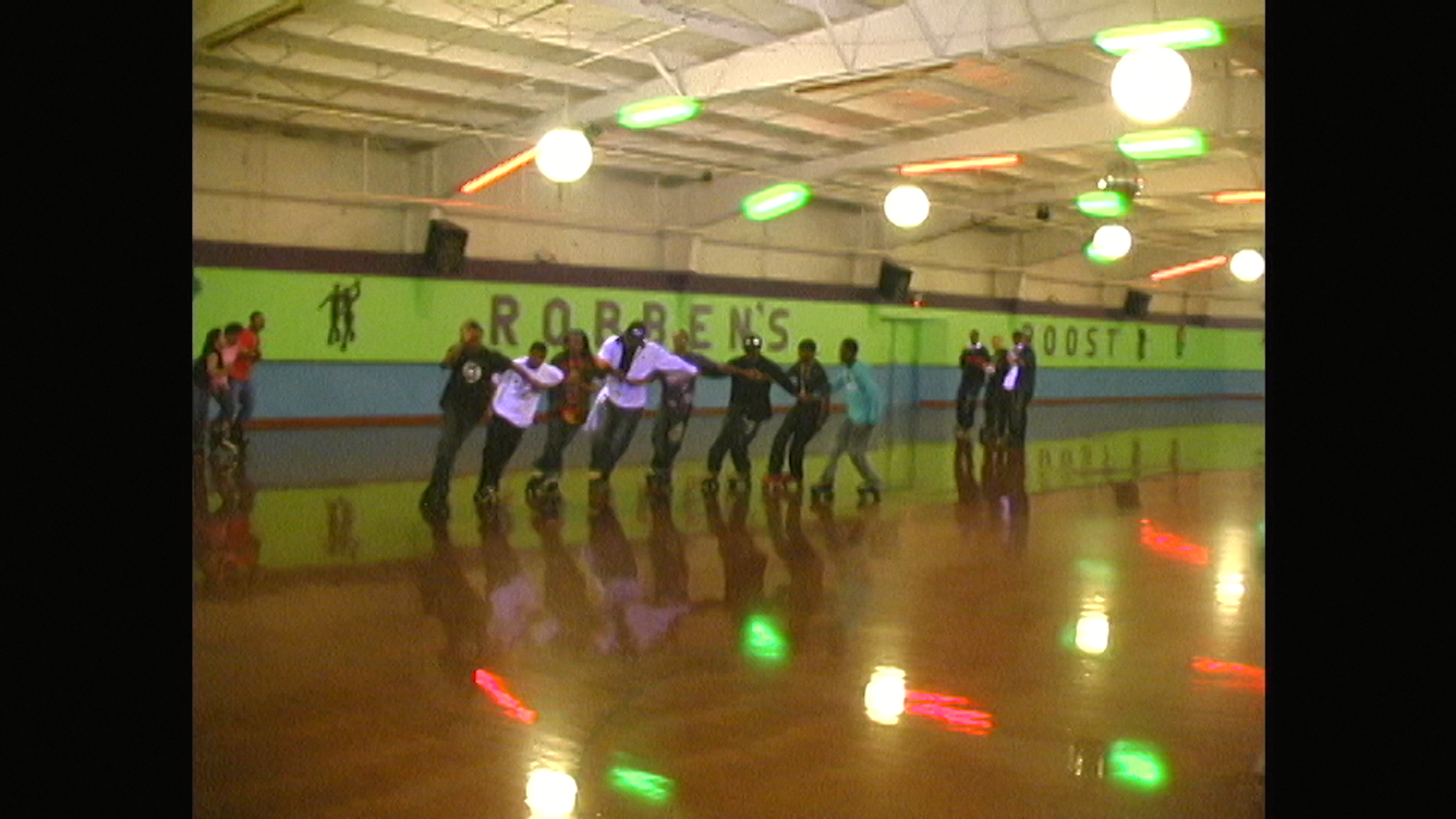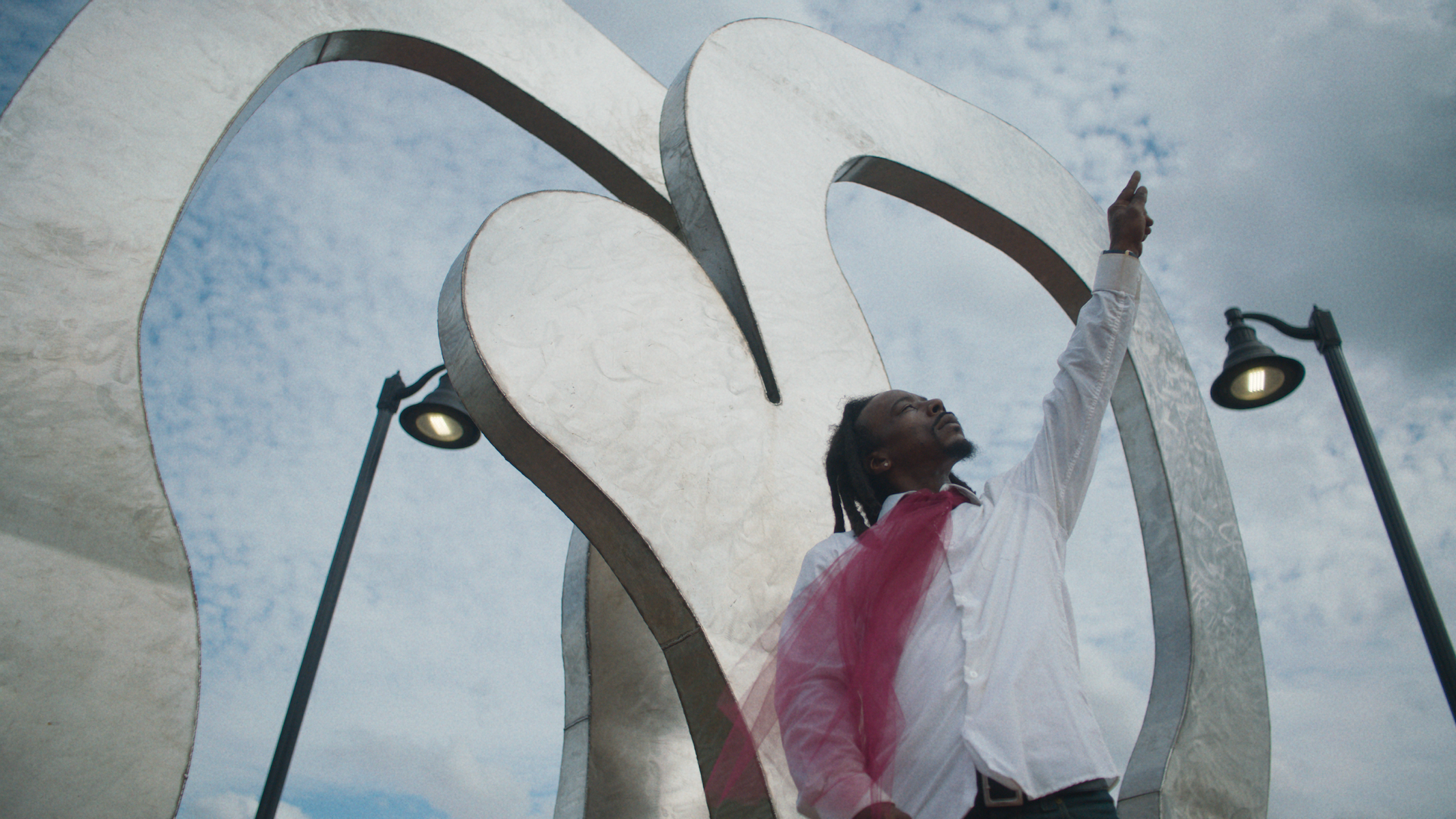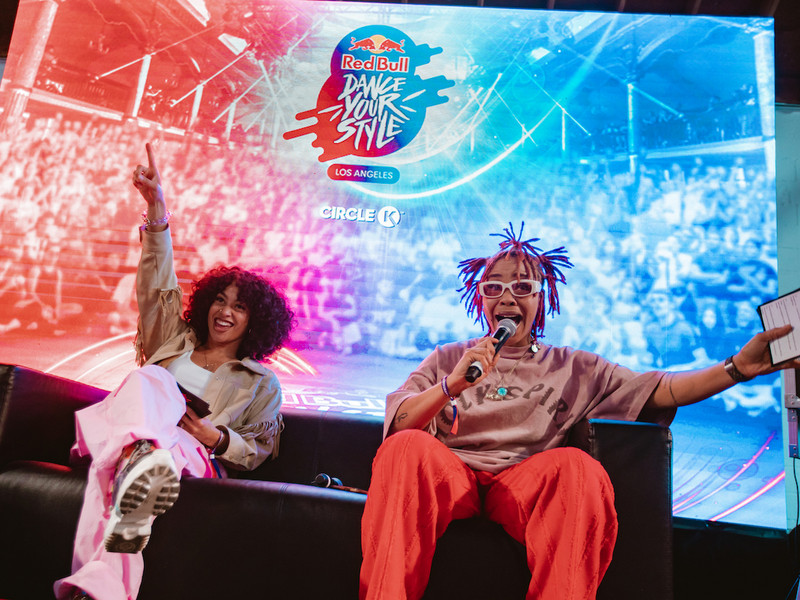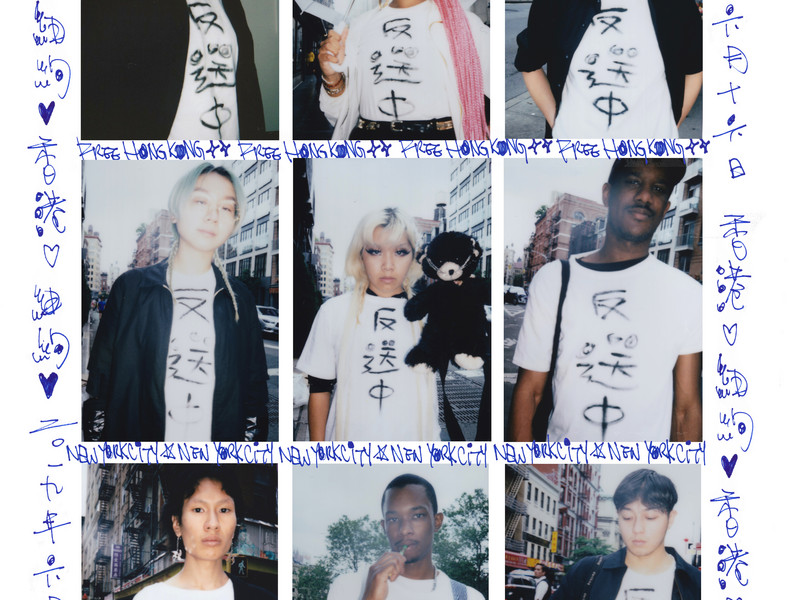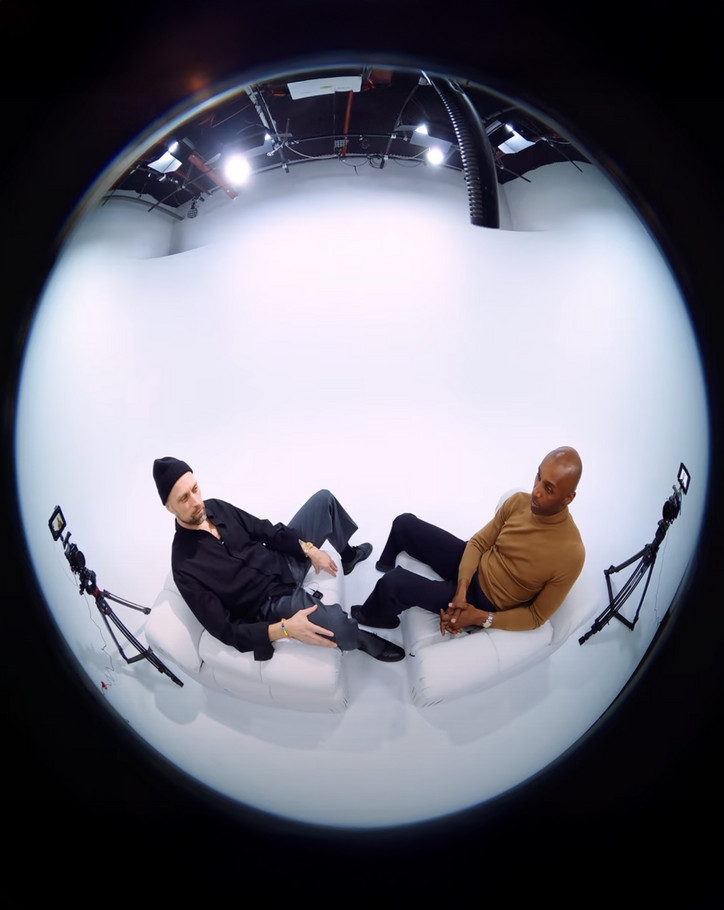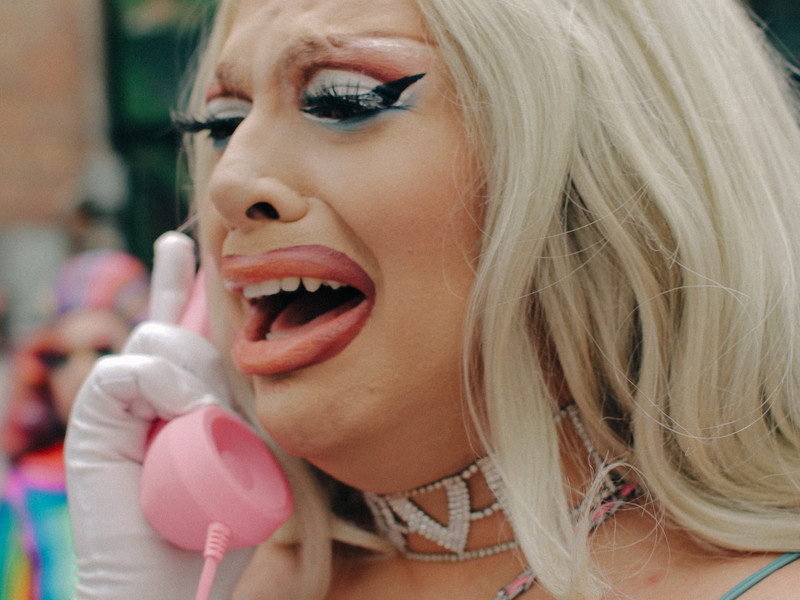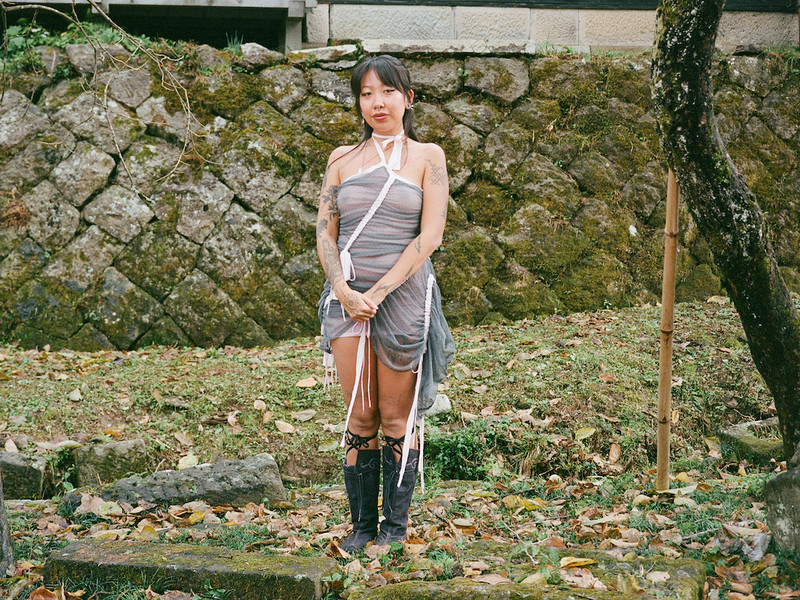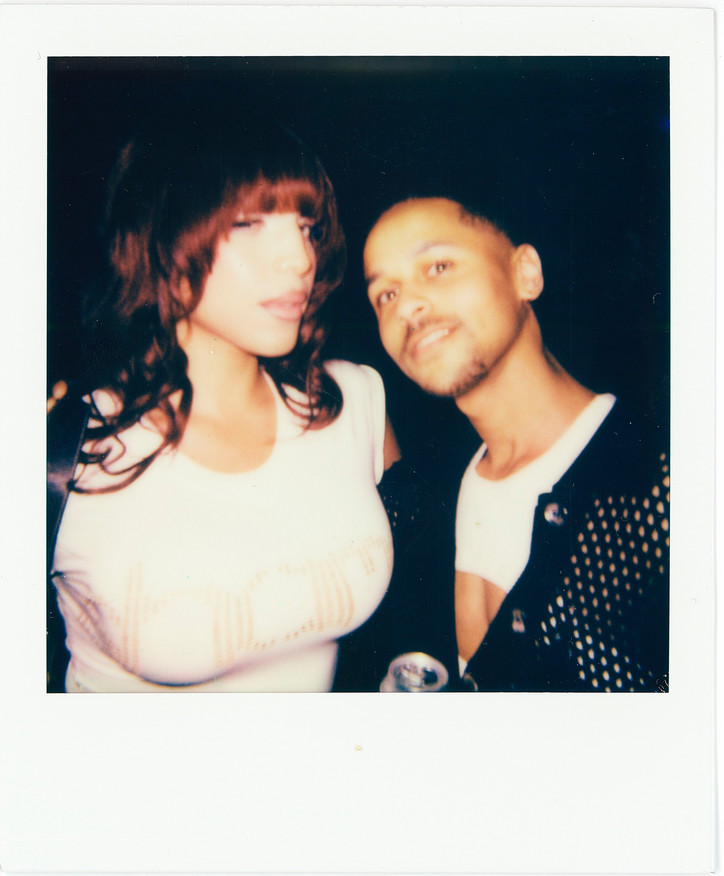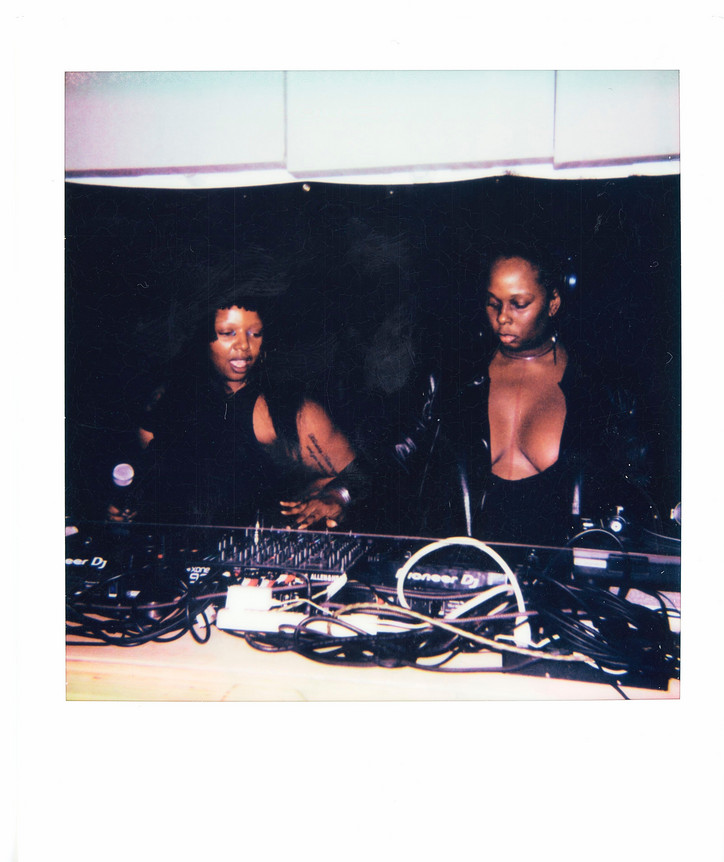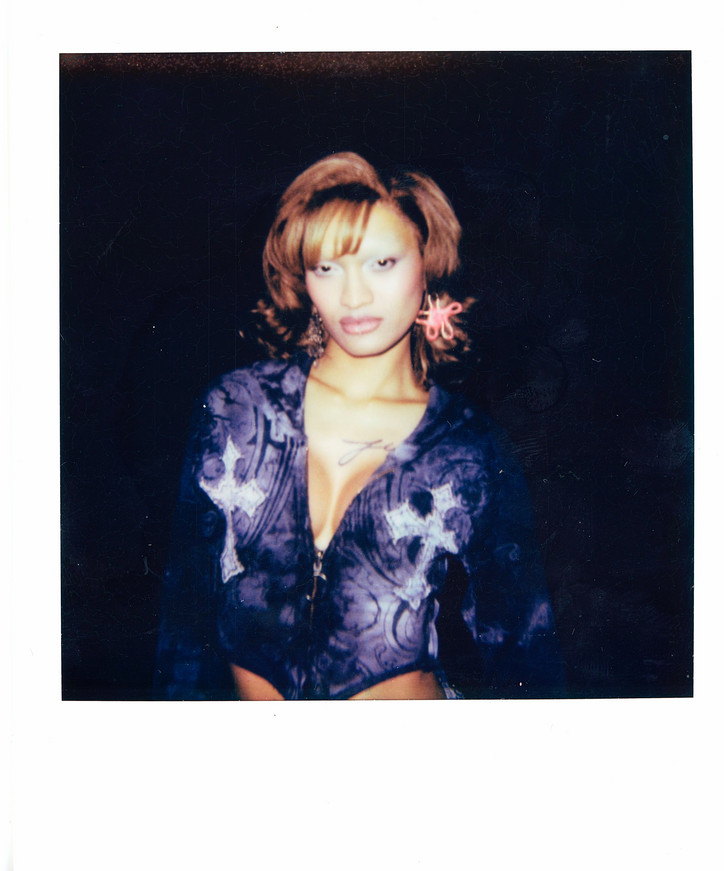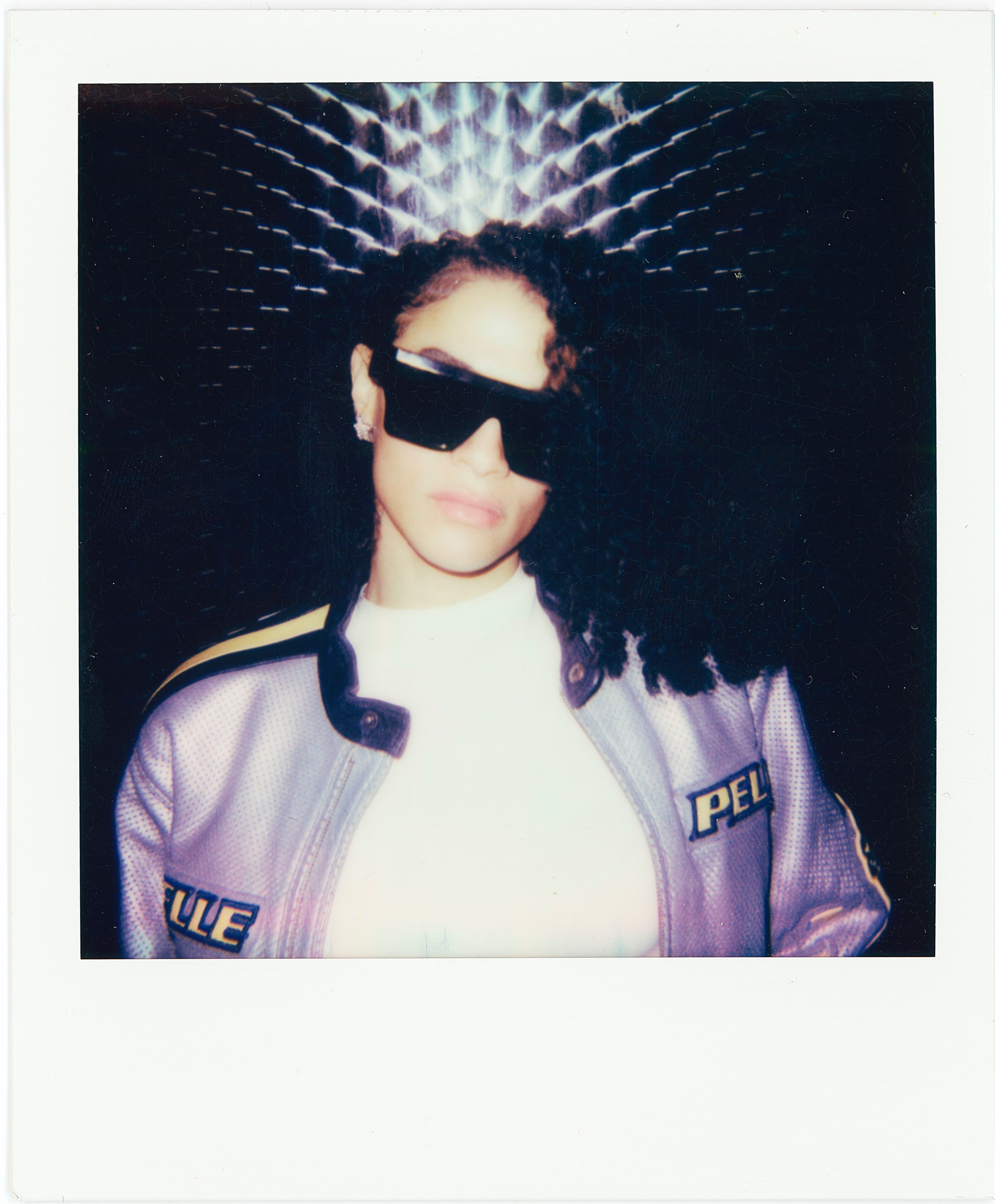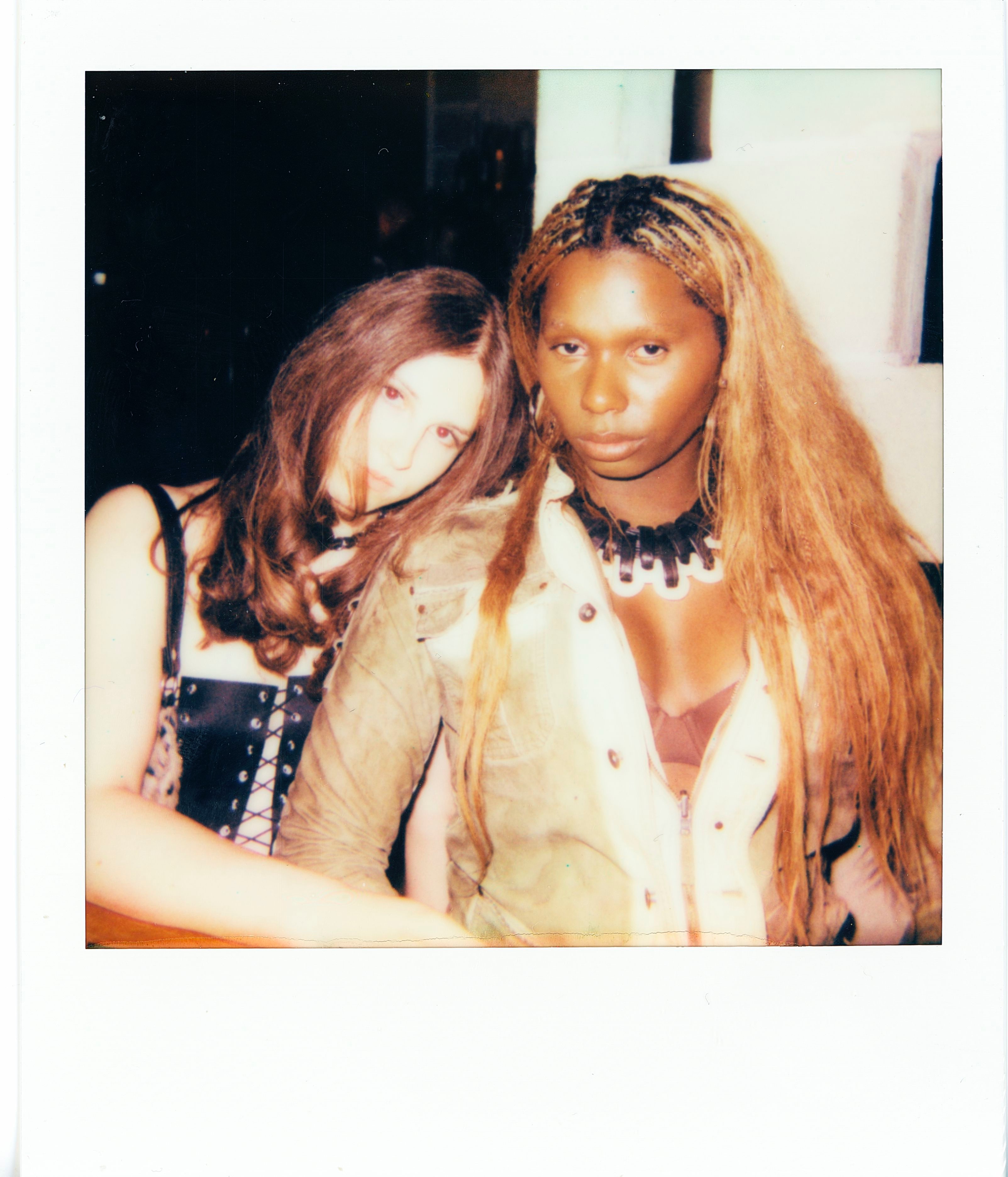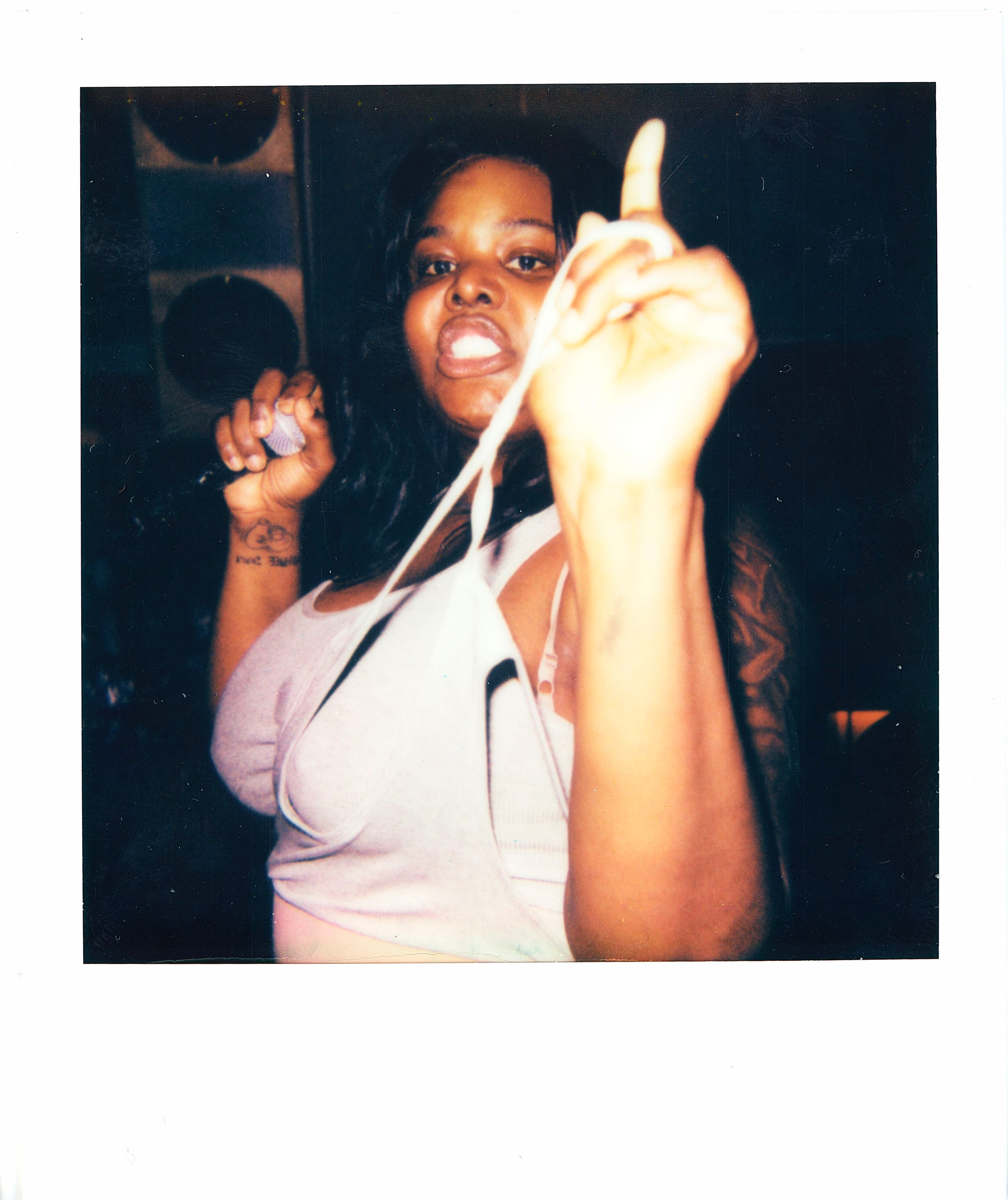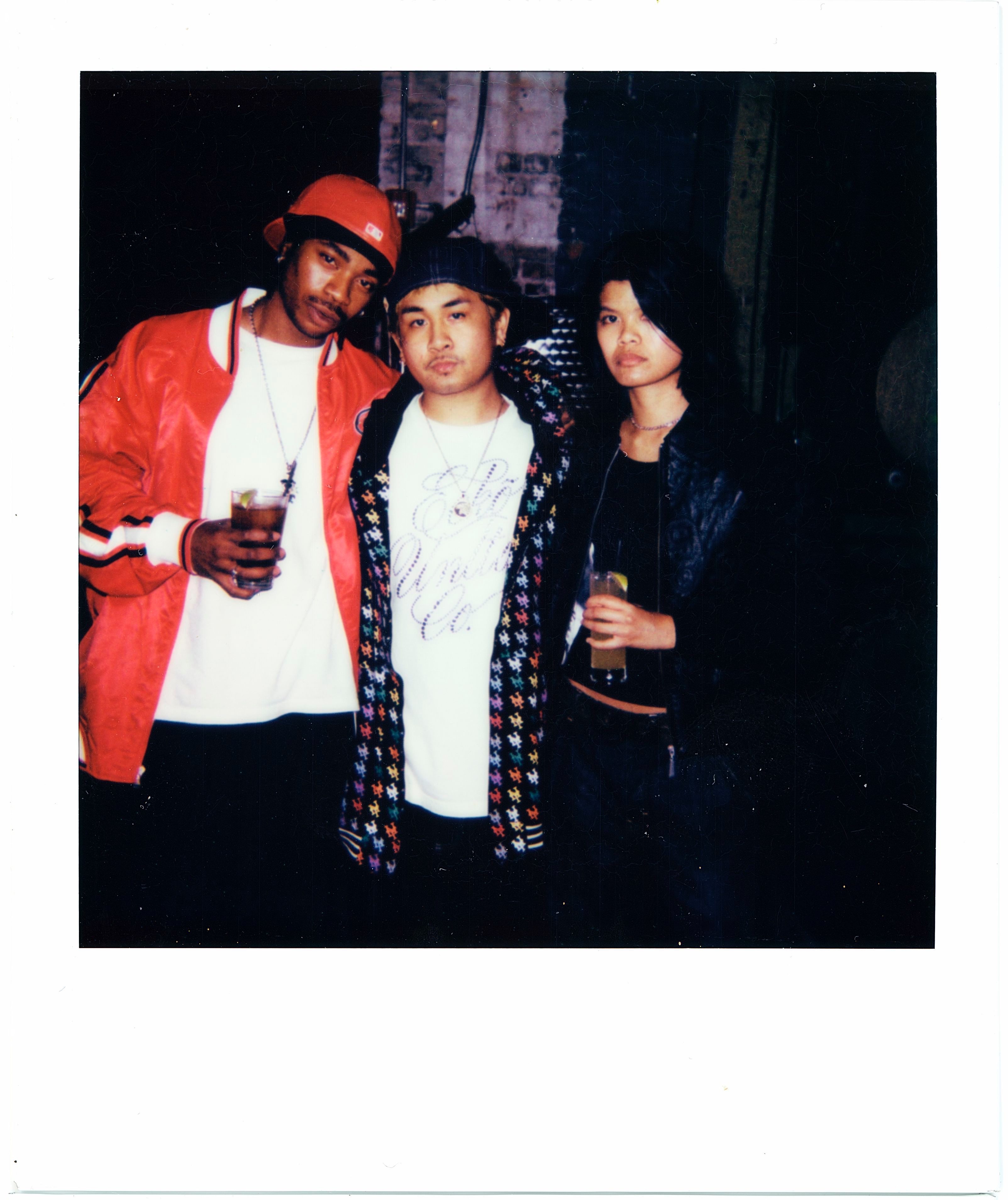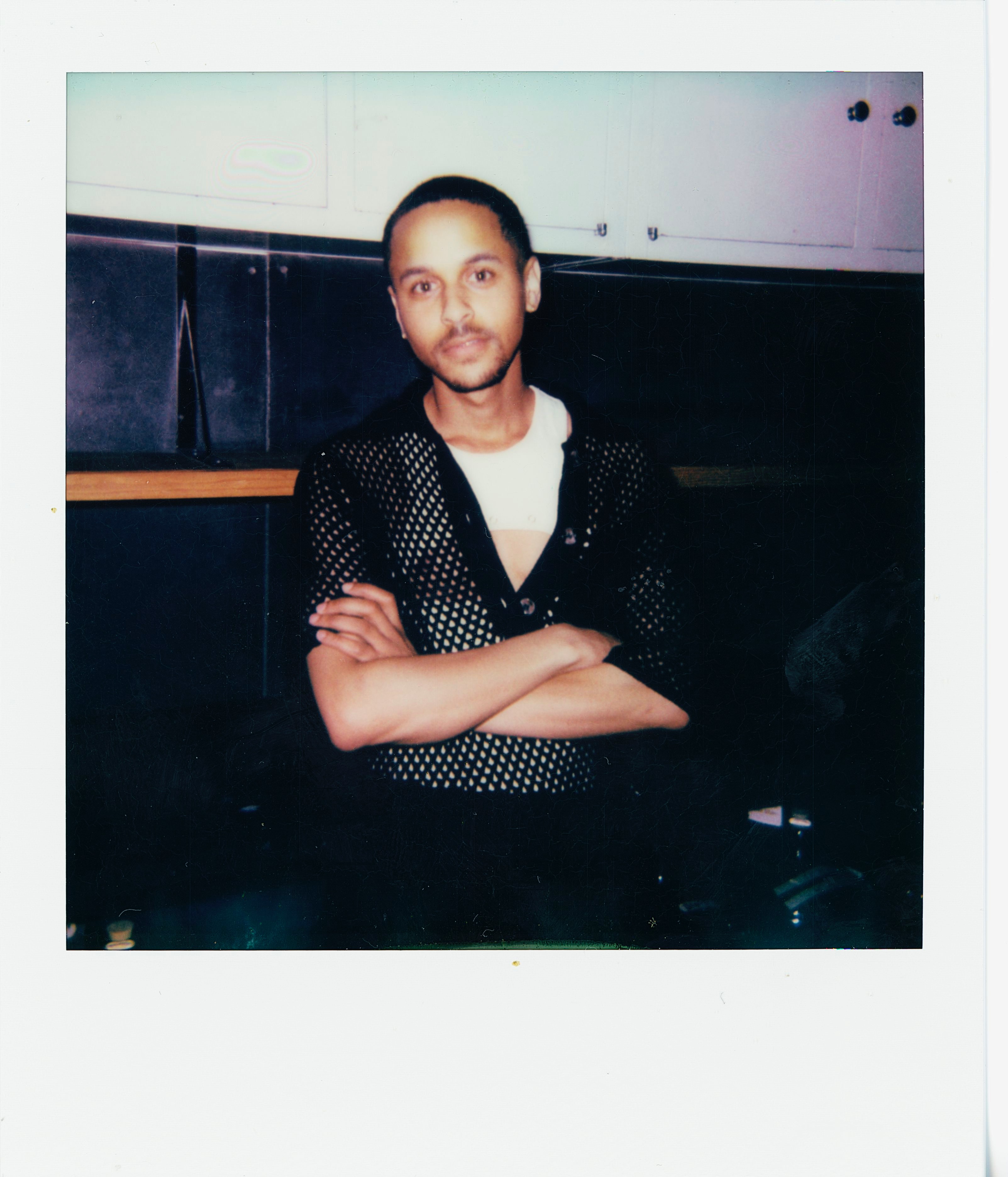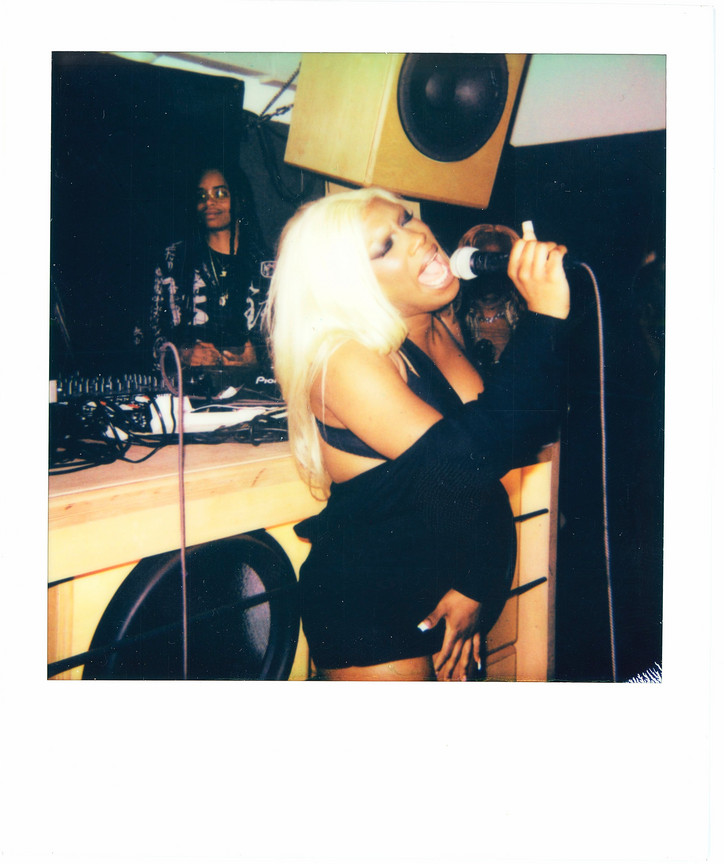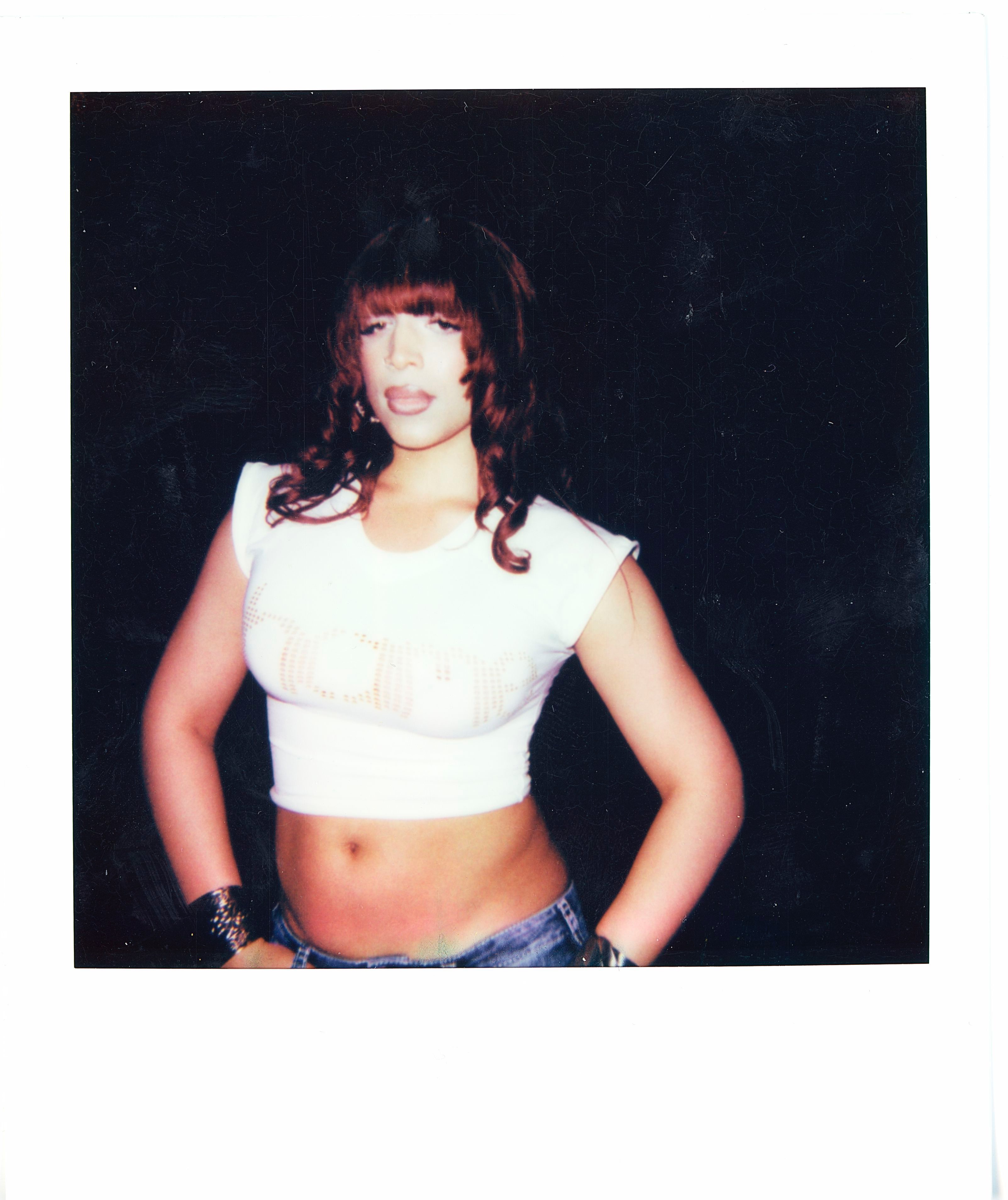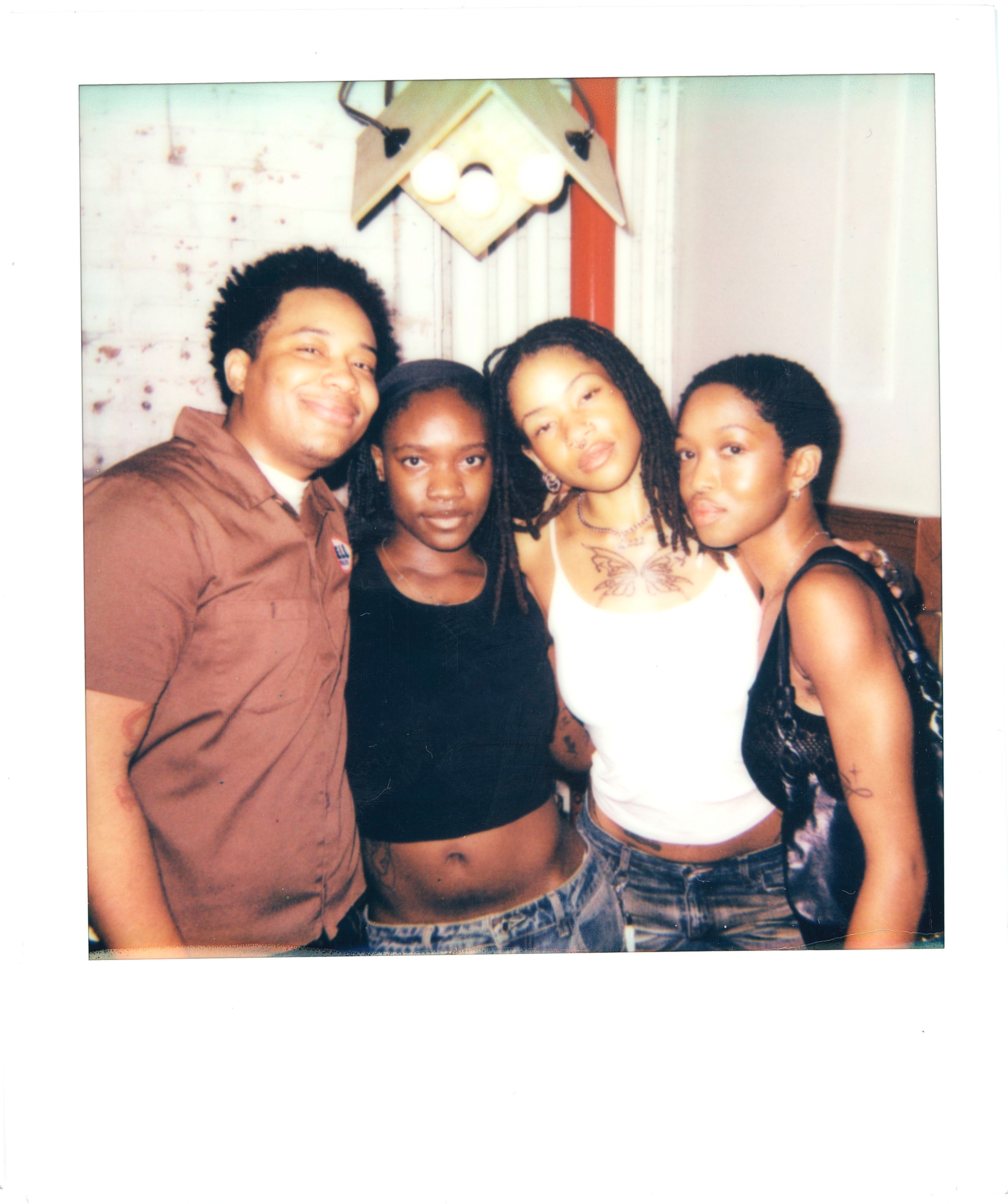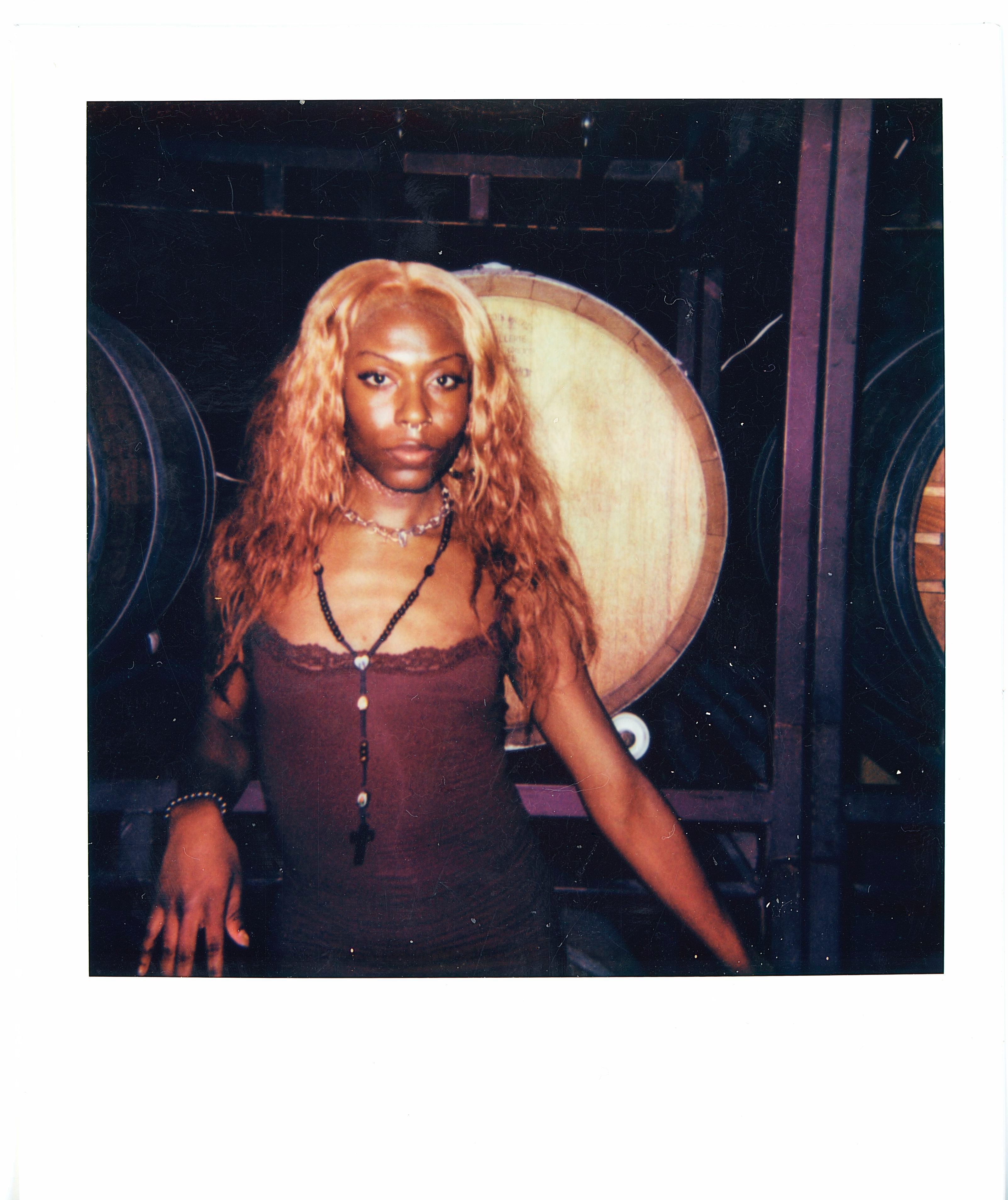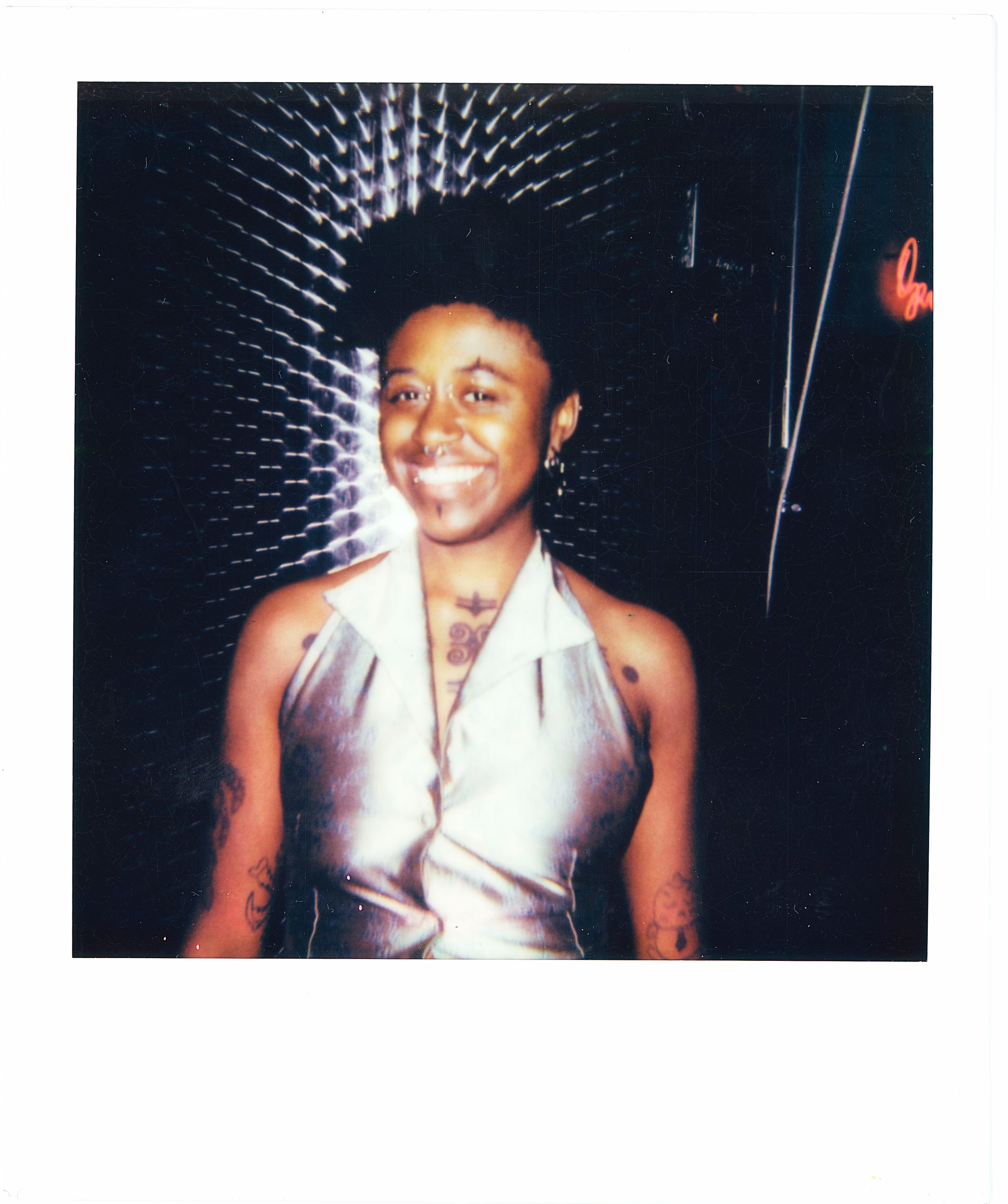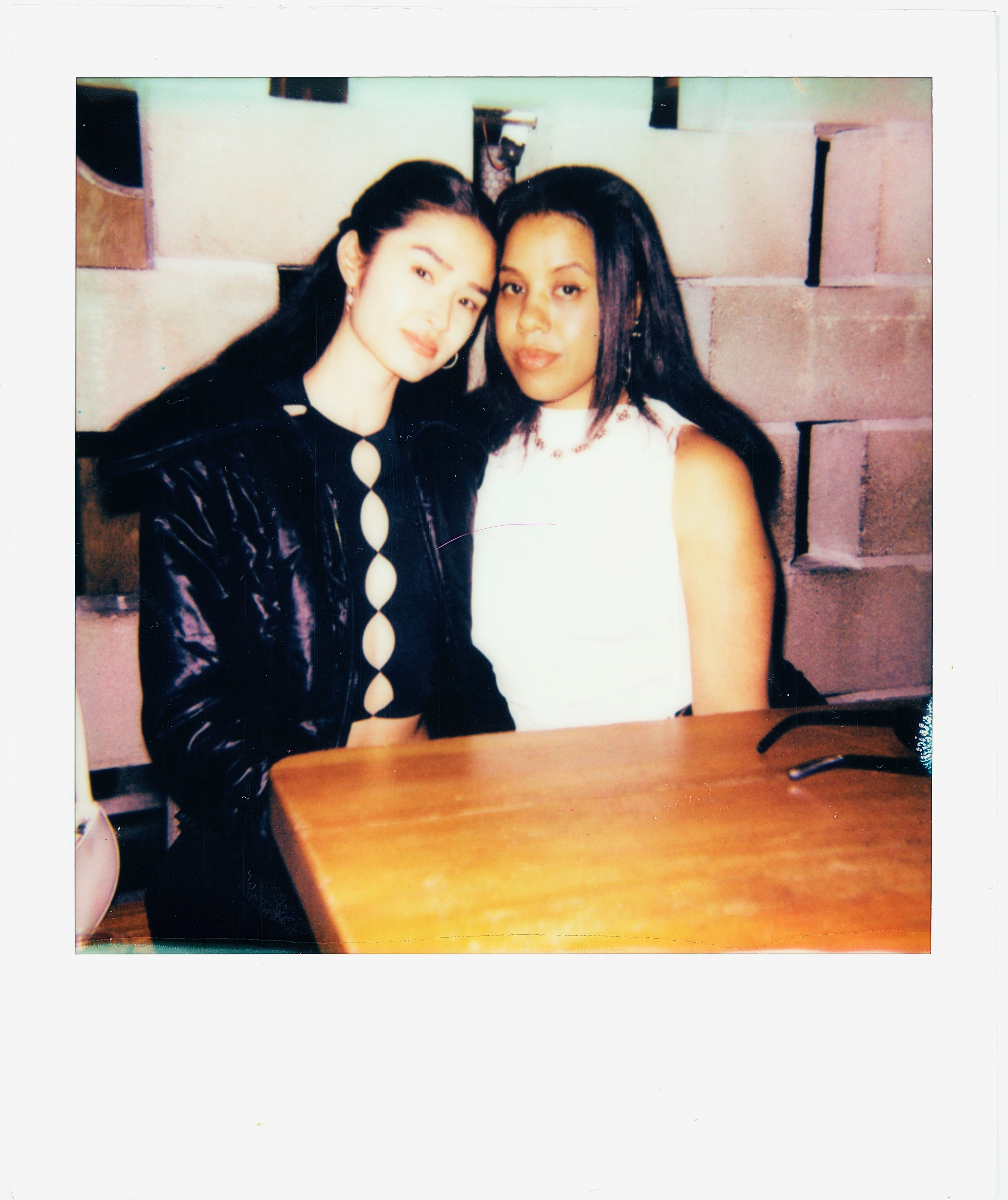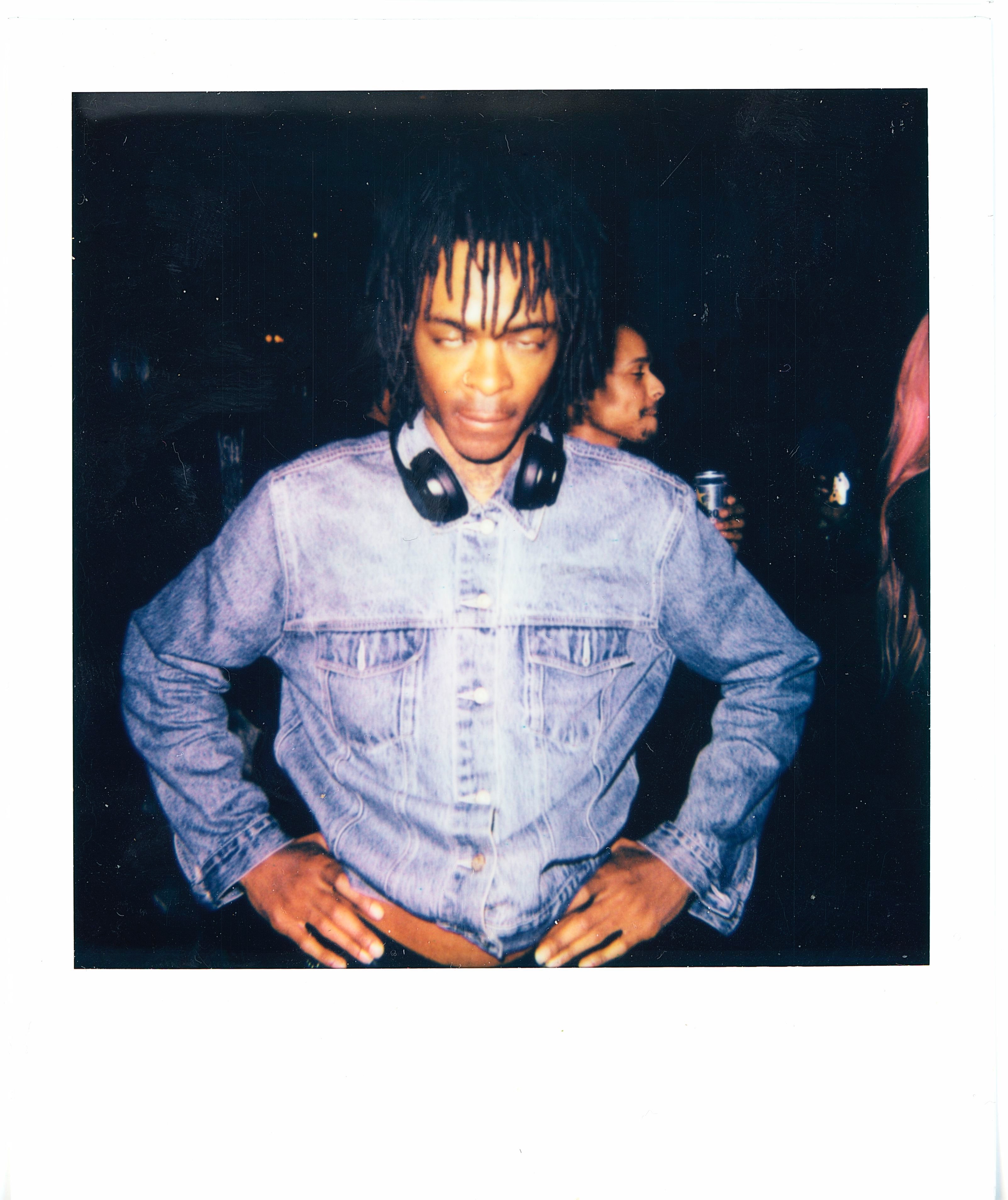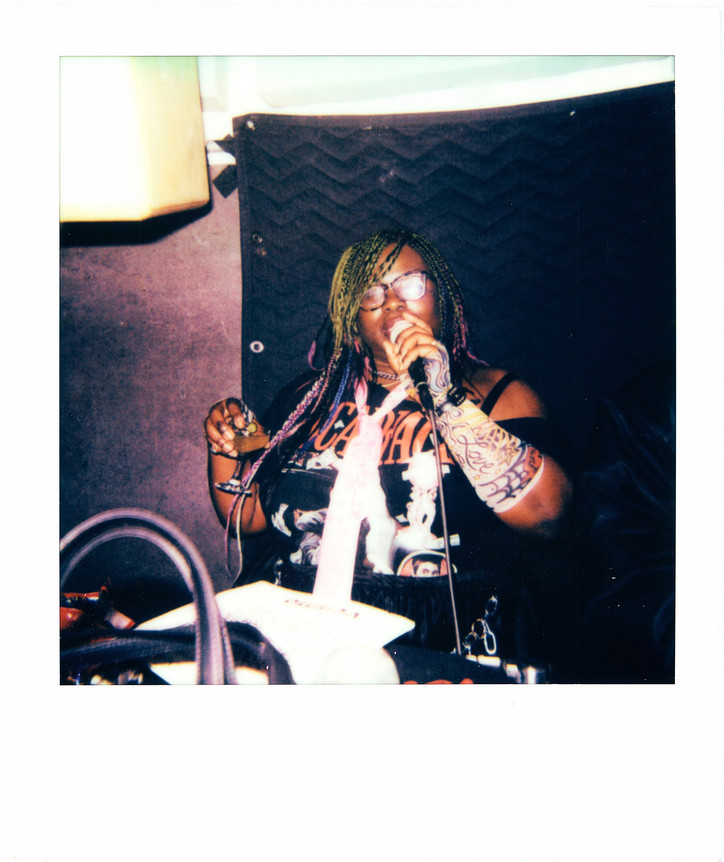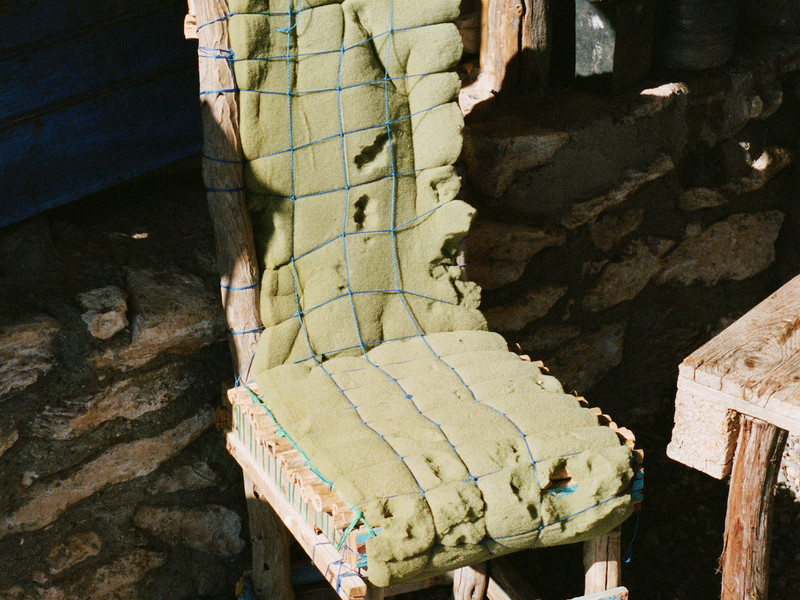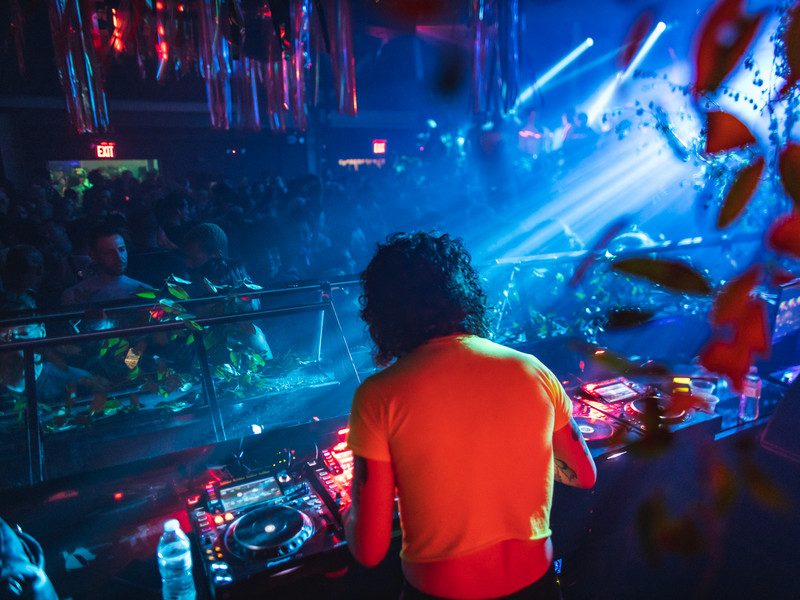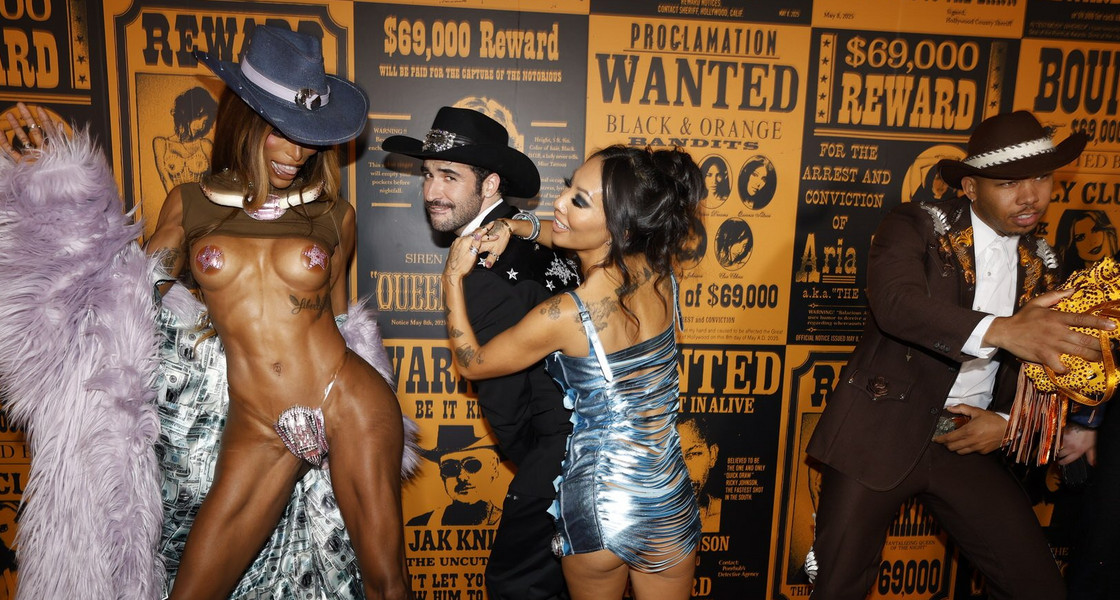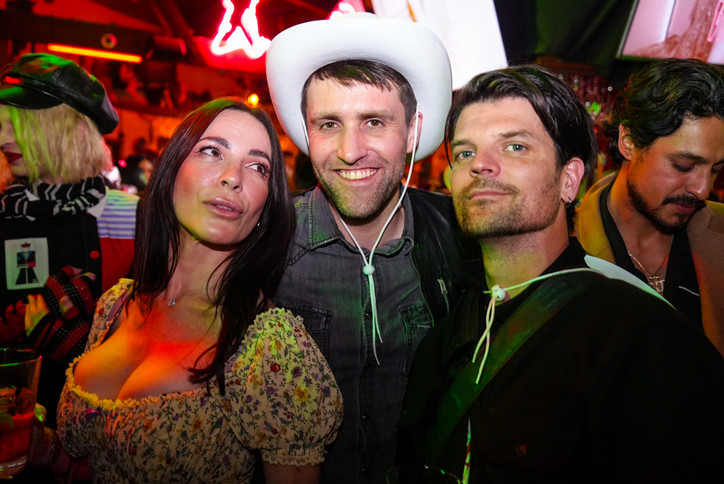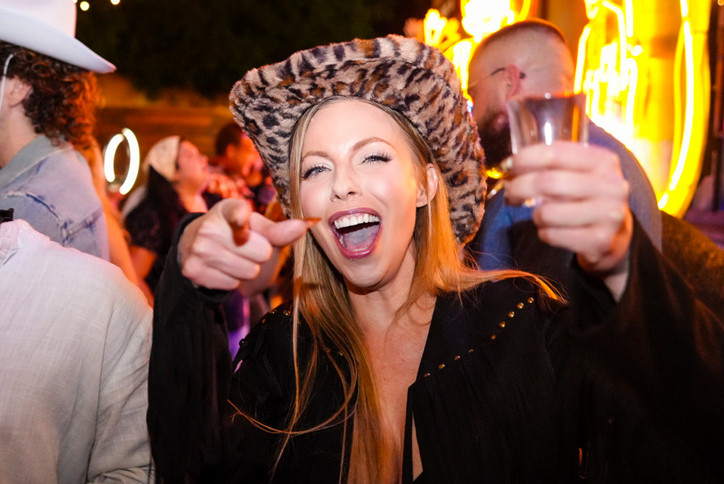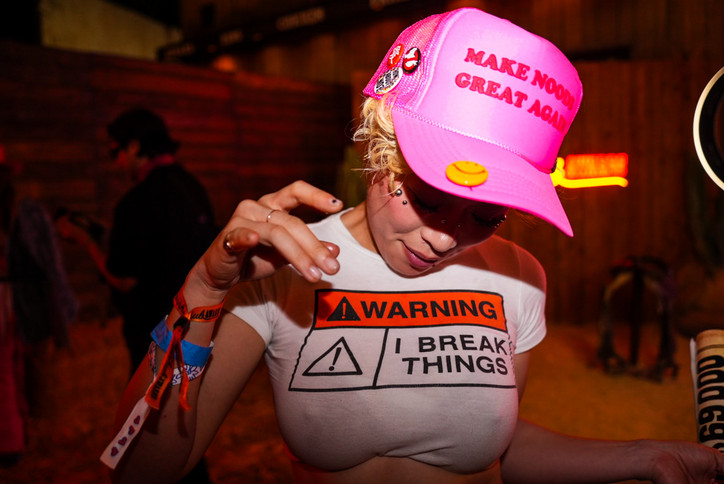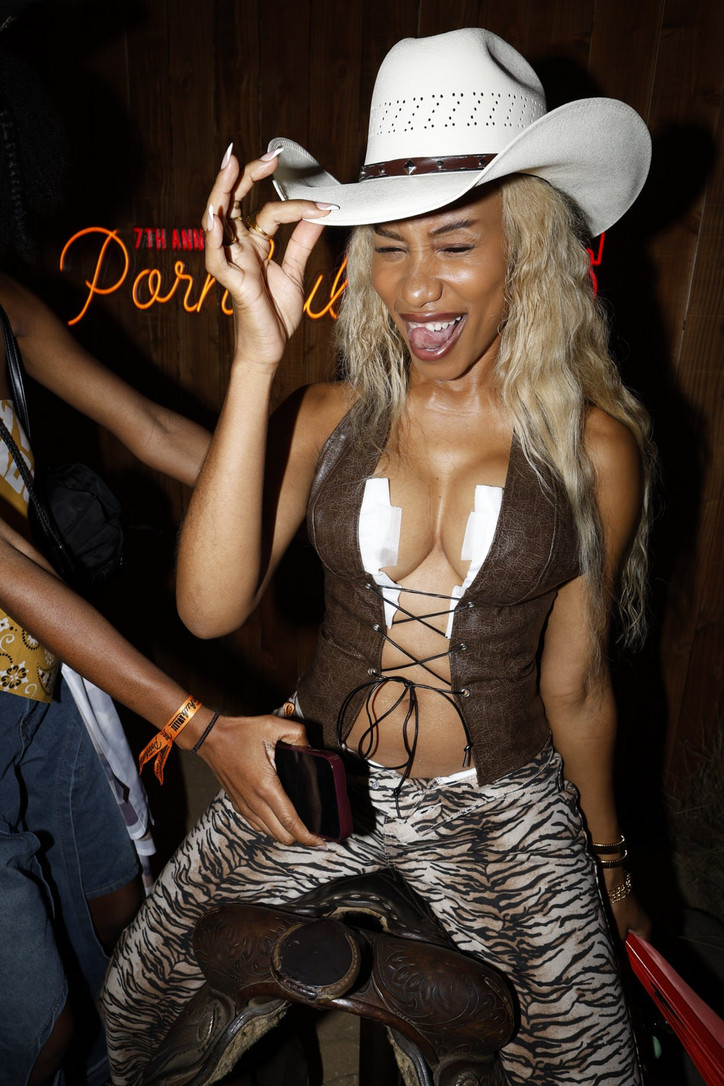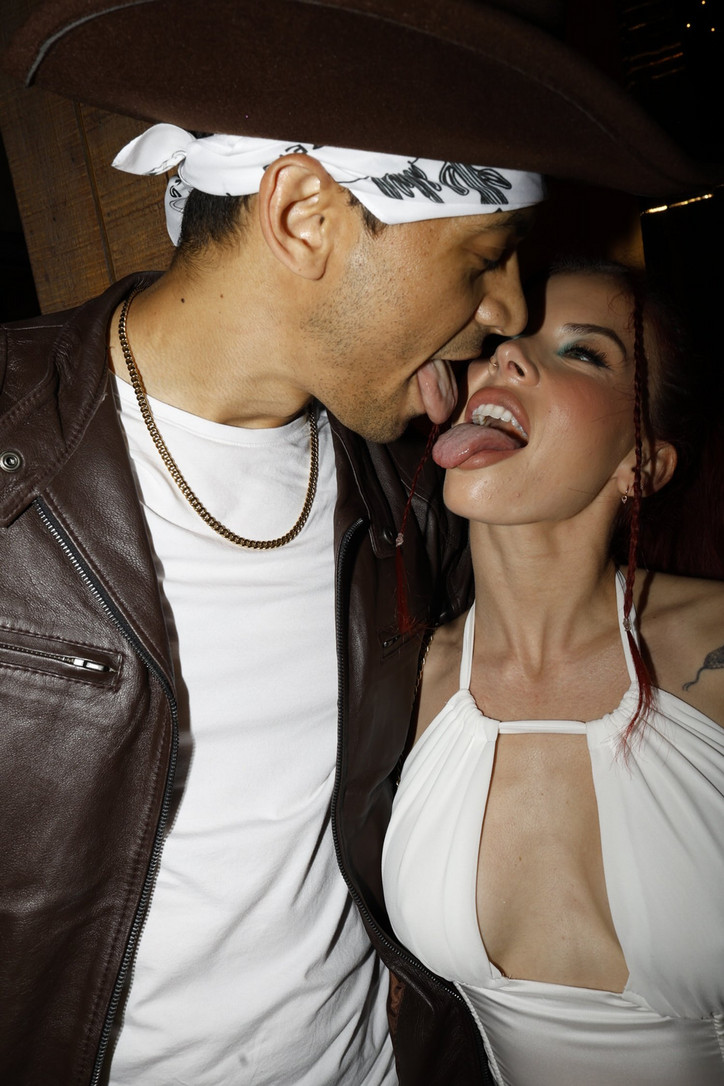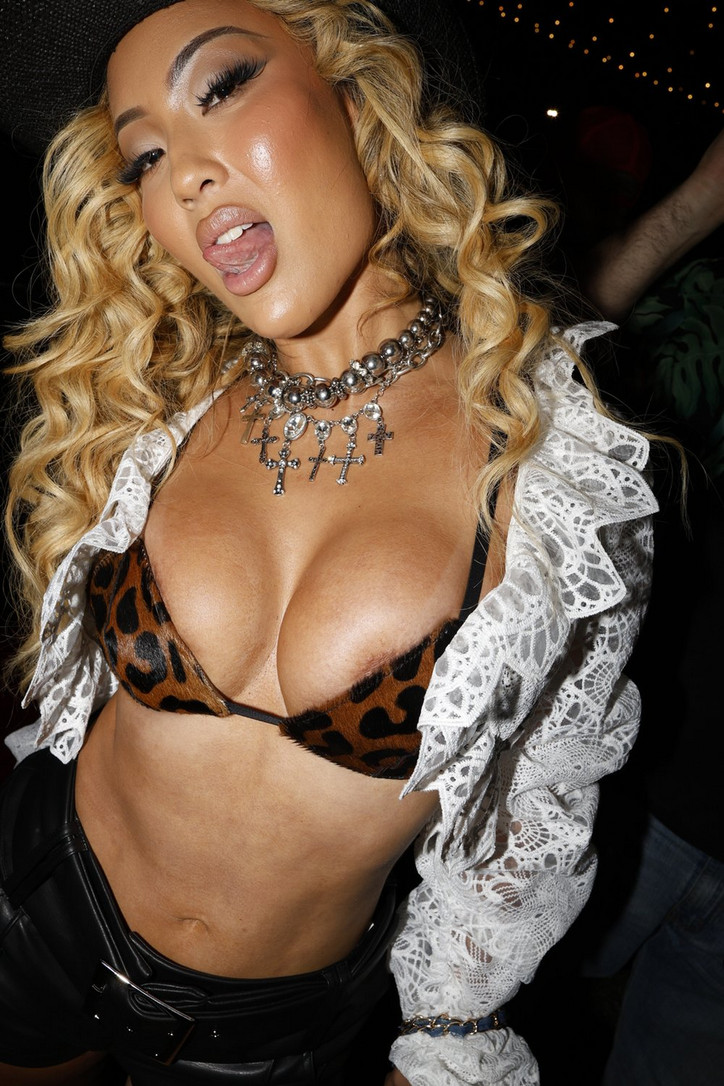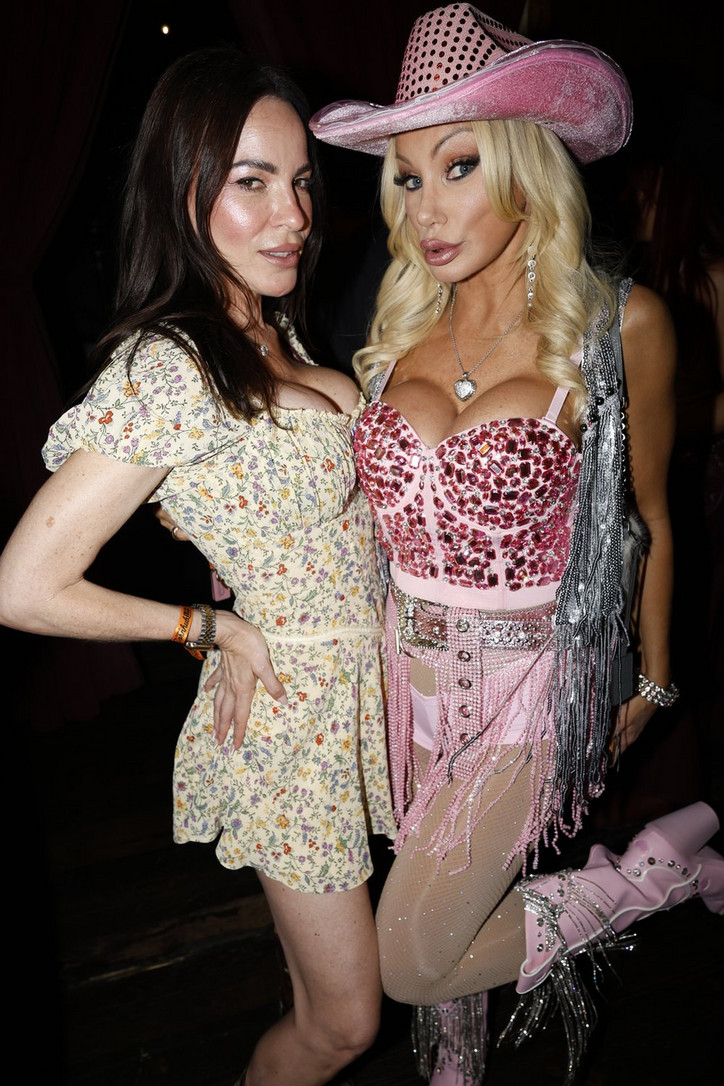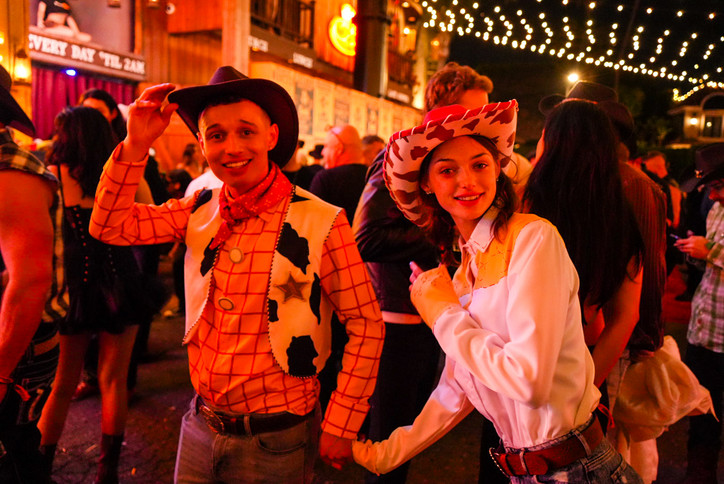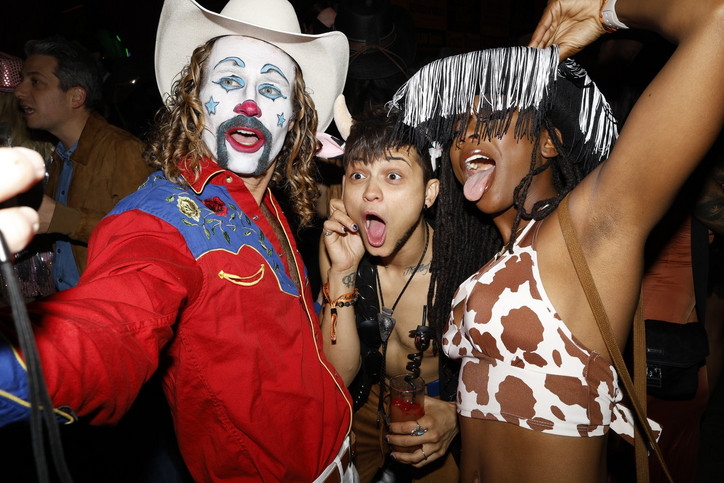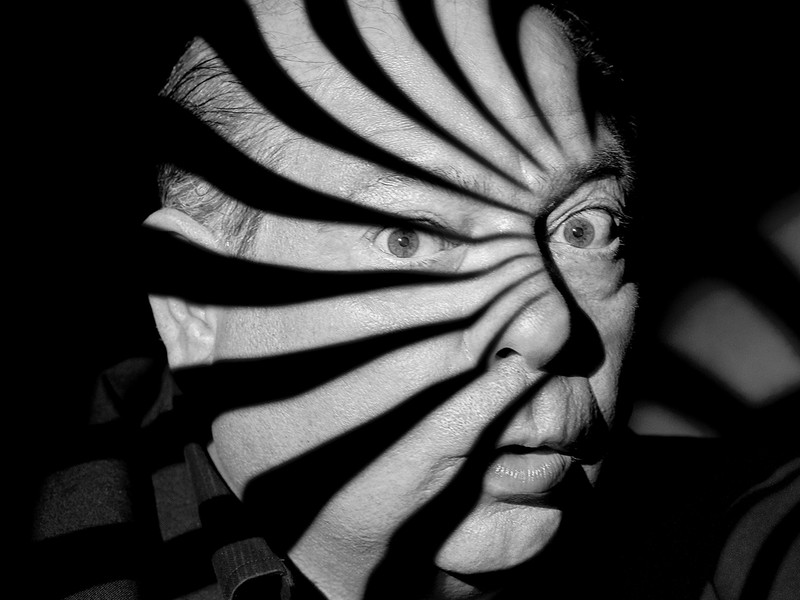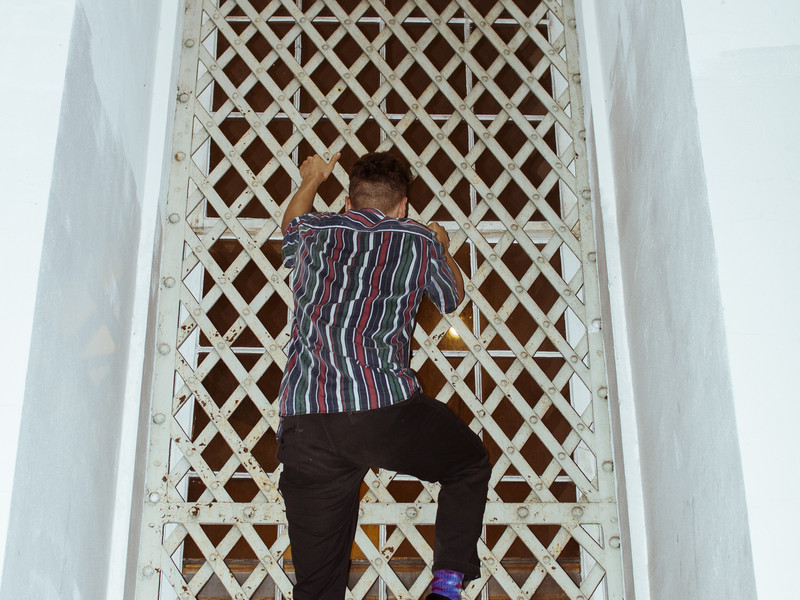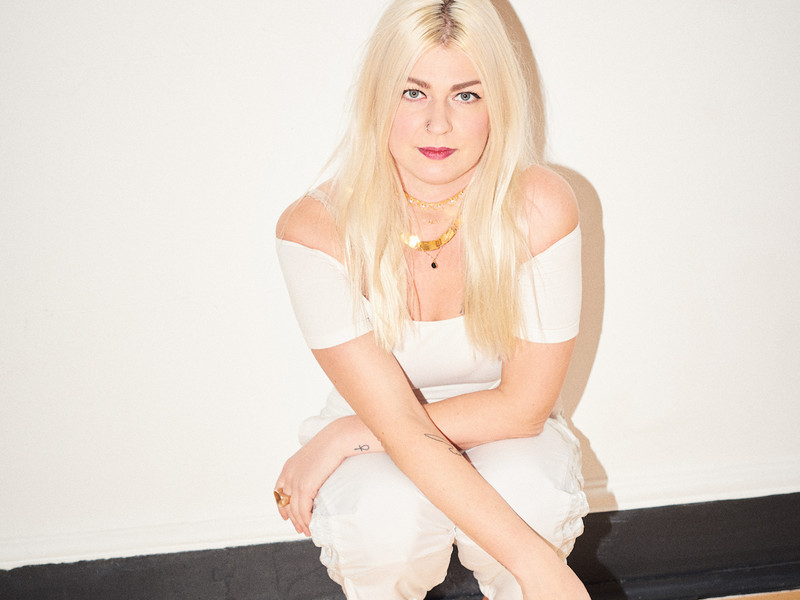Somewhere There With Imani Dennison
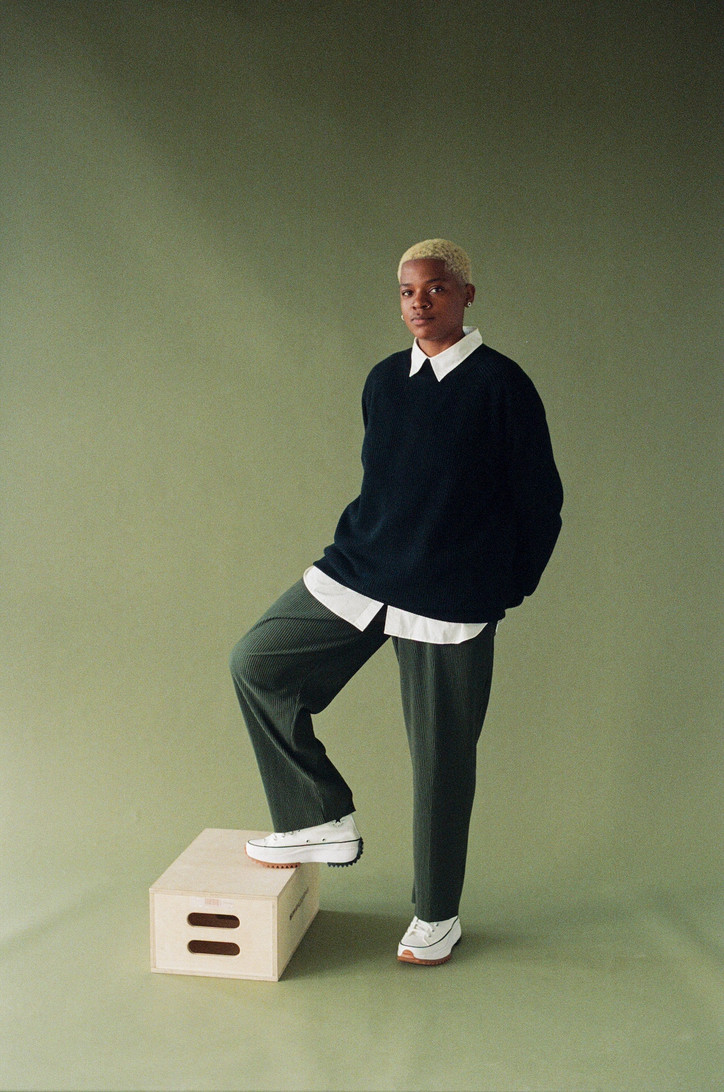
Working alongside Bryn Silverman and a cast of other collaborators, Dennison illuminates the intention and legacy of Black people's ability to play with the legend of the wind.
Silverman, who calls the production of this project "shockingly smooth," spoke to the abundant donations of equipment, cast, and time that were contributed to the filming process.The local film community made it all possible. "We also just had a spirit of working with local Louisville filmmakers and crew. Everything was so community-driven, which made things a breeze, and we were just so supported," she says. The Black skate community of Louisville also welcomed the film and crew with open arms "It was really heartwarming to be welcomed into this community,” Silverman adds, “especially because I didn't grow up skating."
office sat down with Dennison to discuss the film's focus on sound production, jazz, and playing with spiritual knowledge as a means to begin.
Clarissa Brooks— I wanted to jump into something specific. There is a scene where all the members of the 502 Crew are lying down on the floor and are shot from above. What inspired that shot, and can you talk more about the intimacy of that moment?
Imani Dennison— I love this question. Also, I wanted to add that this film is about Louisville being a segregated city and still is. That trajectory and how Black people have been building community and having it ripped from them and also just navigating the segregated South — I mean, even today in 2024. As much as this film is about imagination, it is definitely about resistance, resilience, and overcoming structural racism in a segregated city and a small town, especially.
In choosing to have the 502 crew lay on the ground for their interview, I wanted them to feel comfortable, and I didn't like the interview to feel stiff. I'm not a fan of talking head style interviews; for theirs, I wanted them to feel their most comfortable and vulnerable, too. We know that connecting with the ground helps soothe anxiety and helps people ground into their bodies a little easier like having the ground have their back and having their brothers on each side felt appropriate.
It reminds me of the couple [Laneisha Beasley & Markice Armstrong Sr.] towards the end of the film whose shoes are off and are comfortable on the couch as they do their interview…
Yeah, that's the same concept: be on the couch, no stiff interviews when talking about why something is special to you. I wanted that couple to feel at home when communicating to the world about this community that they helped build and are also a part of. Having that intimacy felt important.
Are these folks that you've known for a long time, or have you built relationships with everyone throughout making this film?
I started an iteration of this project in 2020 when the pandemic hit, and I moved back home for eight months and got a small grant to make a film about my hometown. I made a 9-minute proof of concept of what we see today called The Roost. So, with some of the folks in the film, my initial contact was in 2020, but I loosely kept in touch and let them know I was still working on getting more funds, but Jordan [from the 502 crew] and I grew up in the same neighborhood, and even though we weren't close we knew of each for awhile. It's a very tight-knit community, and folks were really trusting, which is excellent because reception and trust are everything.
I would love to hear more about your rituals when you begin a project. What does it look like in your world?
Conceptually, when I have an idea in my head, in my body, or in my spirit, it usually starts with music. I make a playlist that narrates or guides me into images, so I start going online and sourcing images in my head, and I make a folder of them. Step one is always sound to me. I start thinking about that immediately, and I'm a wormhole type of person, so I'll be up at 4 am just looking up stuff. Sometimes, that process is lengthy, especially with documentaries. I usually follow more than leading, relinquishing control, and following wherever it takes me. I ask myself what I am trying to say and research those words and phrases as I go along. Research is a massive part of my practice, and with this work, I knew I had to focus on my hometown story, and I started asking myself, well, who am I? What were my rituals as a teenager? What do I want people to know about Kentucky and Louisville? A ritual for me as a teenager was roller skating every Friday. I wanted people to know about this community and how it makes people feel, and I tied it to folklore, in this case, The Flying Africans, because it has so many roots in how Black folks have survived through storytelling.
What role does your work at Black Science Fiction play in the sound production of this film?
BSF and just the ethos of Black experimentation significantly impacted the project, as they always do for me as a maker and storyteller in this process. Aquiles Navarro did the sound score for TPCF, and he's a band member of Irreversible Entanglements. I knew I wanted him to be a part of this project early on. He gets it. He's played a show for Black science fiction before, but I think the work of BSF pours into this project by playing with free jazz, improv, and just experimenting with sound. Sun Ra plays a big part in this; he's the Afrofuturist. He's definitely an inspiration, and even though the film is named after the story The People Could Fly, it's also a myth, and similarly, BSF is playing with mythology. It all exists in the same universe.
Keiyaa's song [I Want My Things] , someone who has also played at BSF a few times, and she is also just a musician that I admire. That song, in particular, is so much about the reclaiming of things, which was necessary at the end of this film; I honestly didn't want the movie to end with any other song but that one. It was so perfect and tied to everything that I was like whatever we have to do to get it, let's get this song. It's just so good for the film.
Laura Sofia Perez, a friend from Puerto Rico, did sound design, so she and Navarro collaborated to make the sonics of the film, one of the many ways that we pay homage to the diaspora.
Do you have a favorite scene in the film?
It's gonna be the scene "Imagination" for me. It's the scene where the Sun Ra song "Imagination" plays, and the 502 crew is just doing their thing. They have on these Jabbawockeez masks that they used to wear when they were teenagers. In post-production, our editors manipulated that scene for motion under my direction so it could feel chaotic. I wanted us to play with time along with having the rights to have Sun Rain the film. It just felt right to make that call.
When was the last time that you skated?
The last time I skated was actually when I filmed the film. We did have a camera operator who wasn't on skates, but for a lot of the things you see where the shot is on the wood, it was me on my camcorder and just on skates doing my best. I grew up skating so much, and it makes you brave and daring; it definitely awakens my inner child, and yeah I love it so much.
The People Could Fly debuts at BlackStar Film Festival on August 3rd at 8pm ET at the Kimmel Center in Philadelphia, PA.
